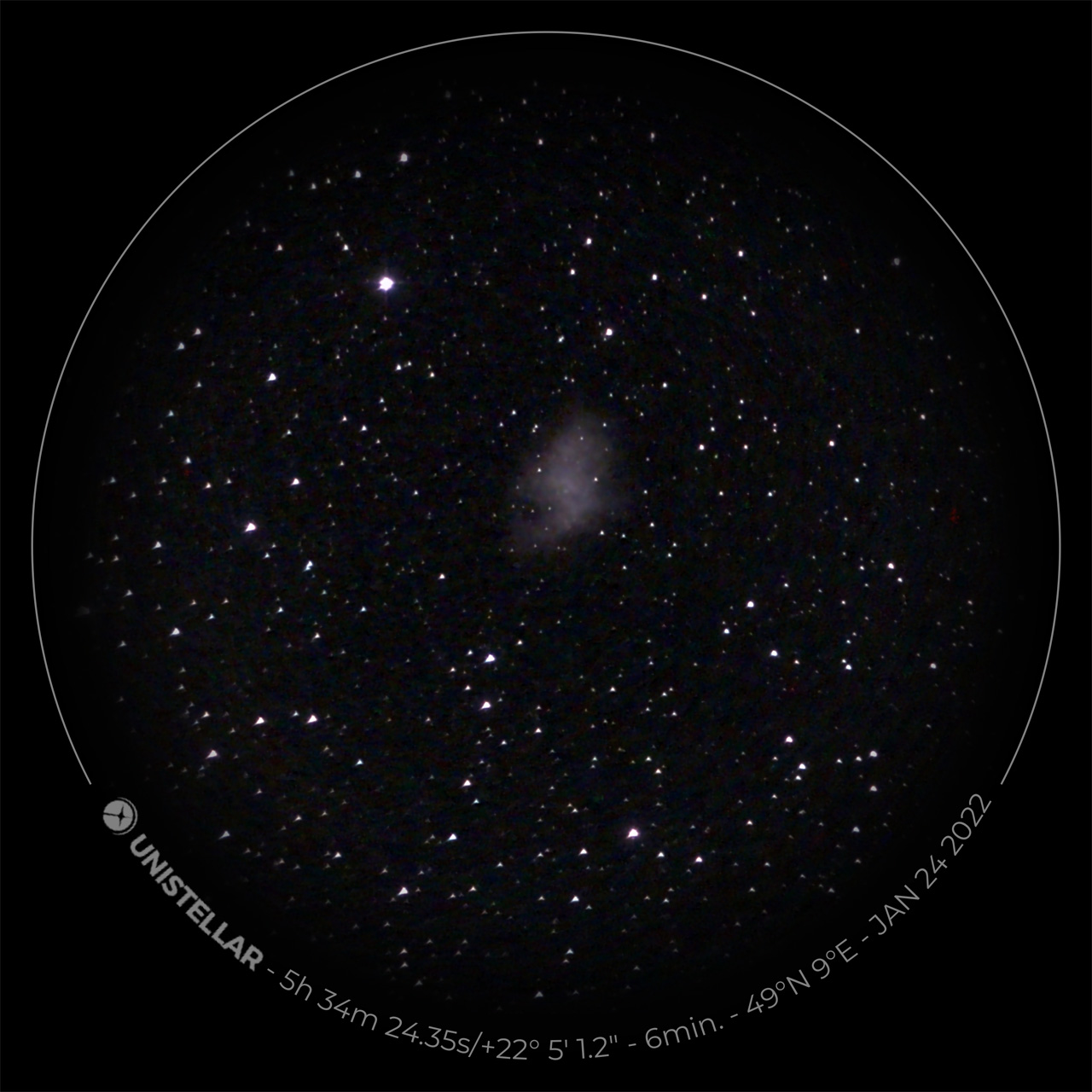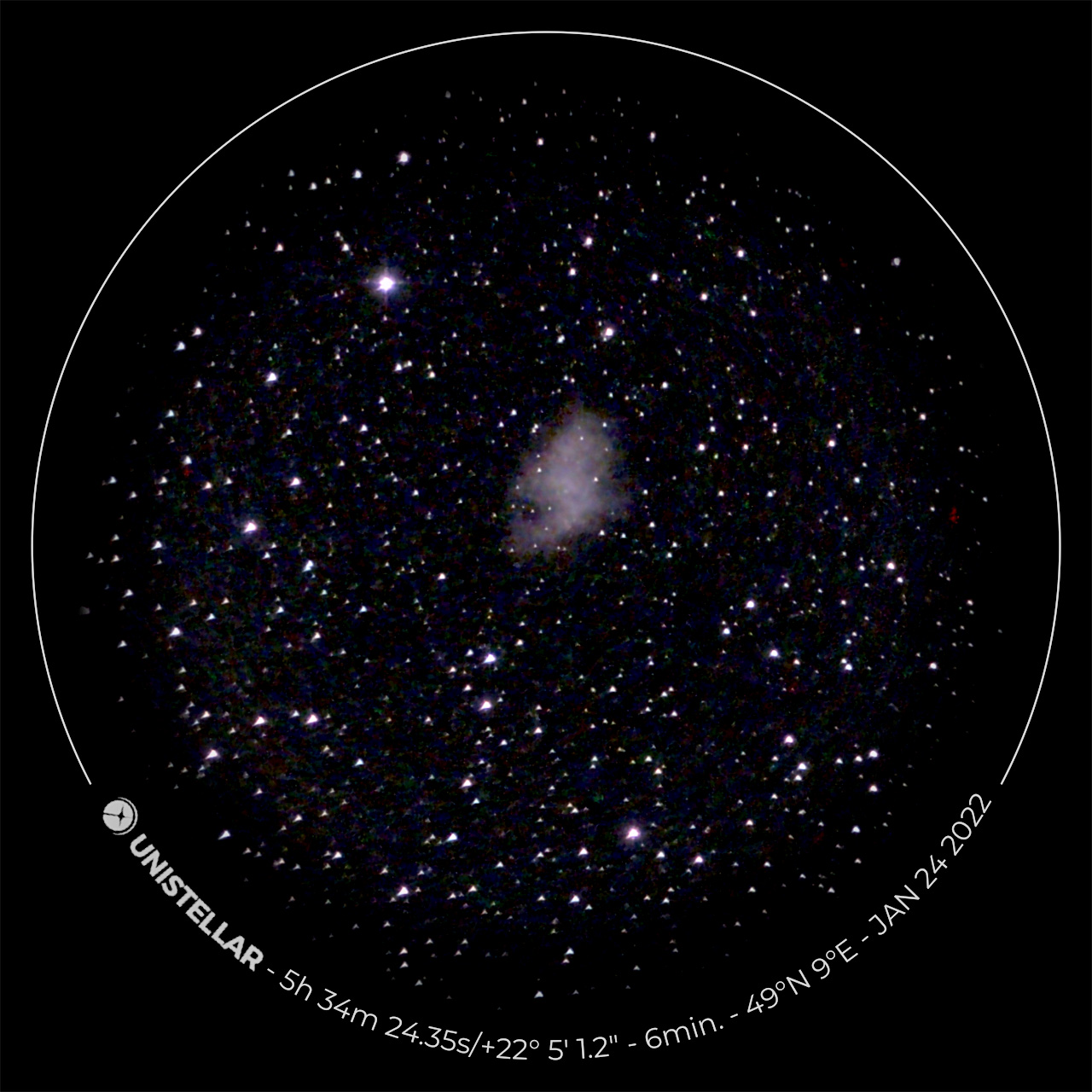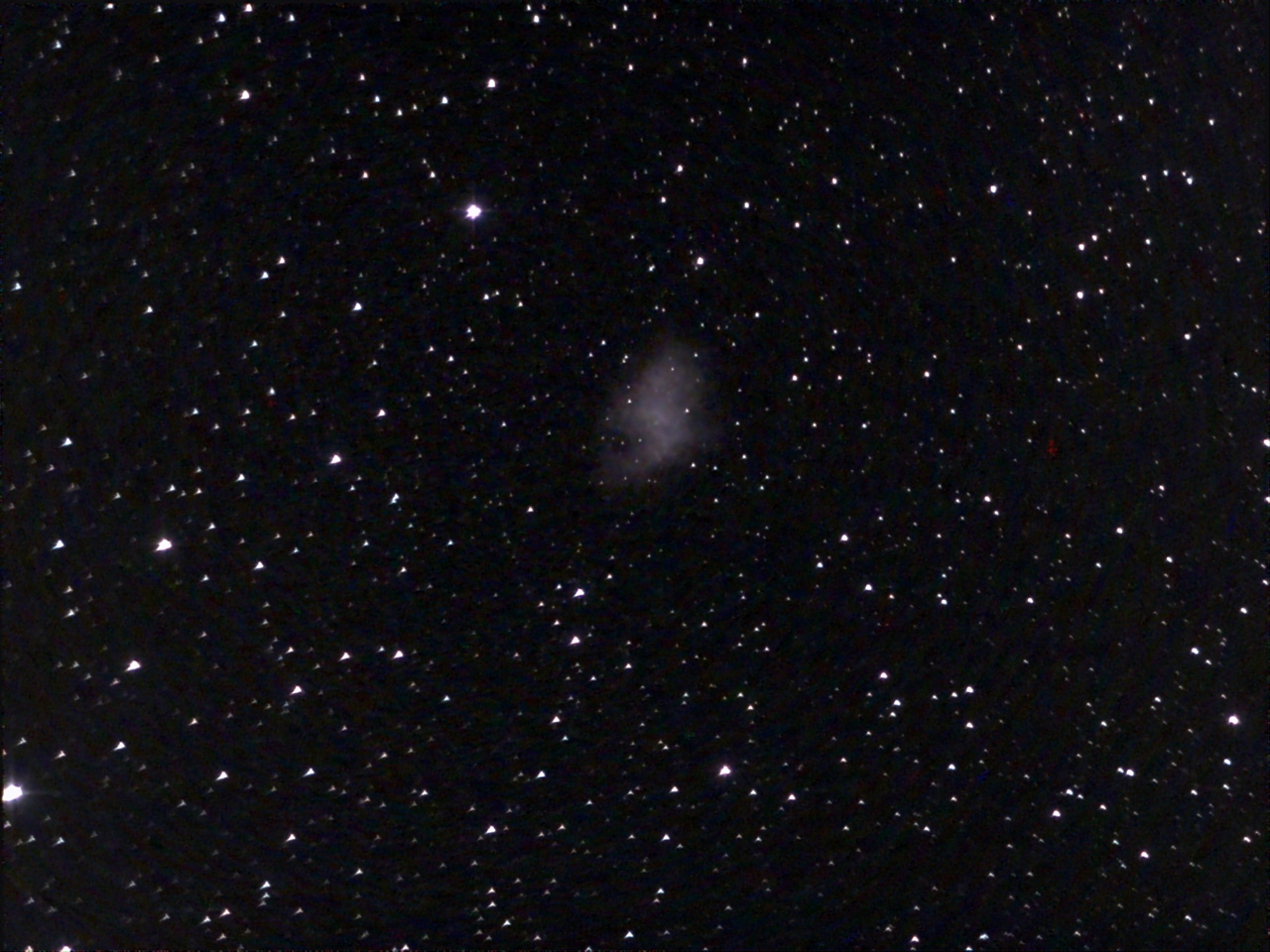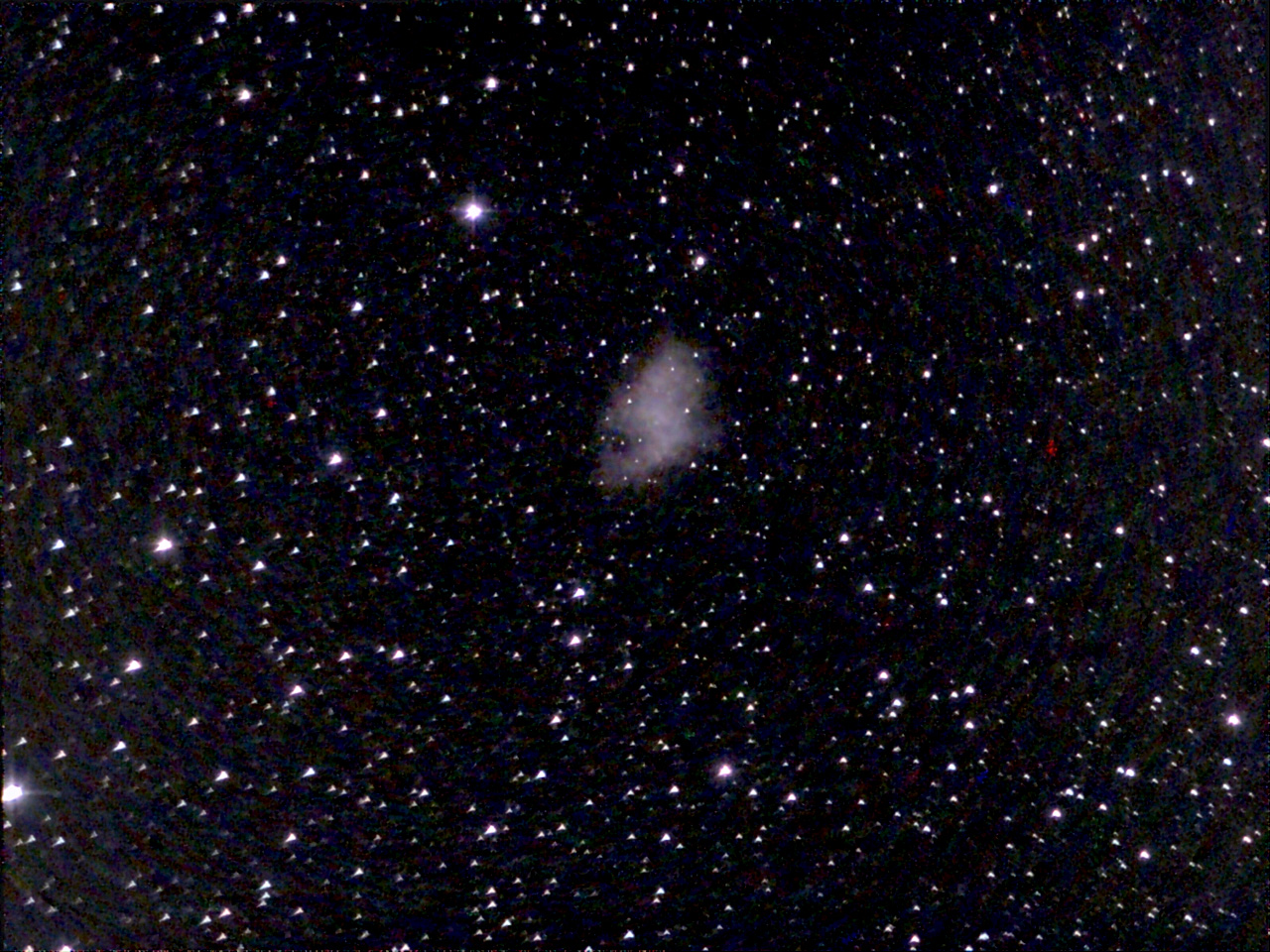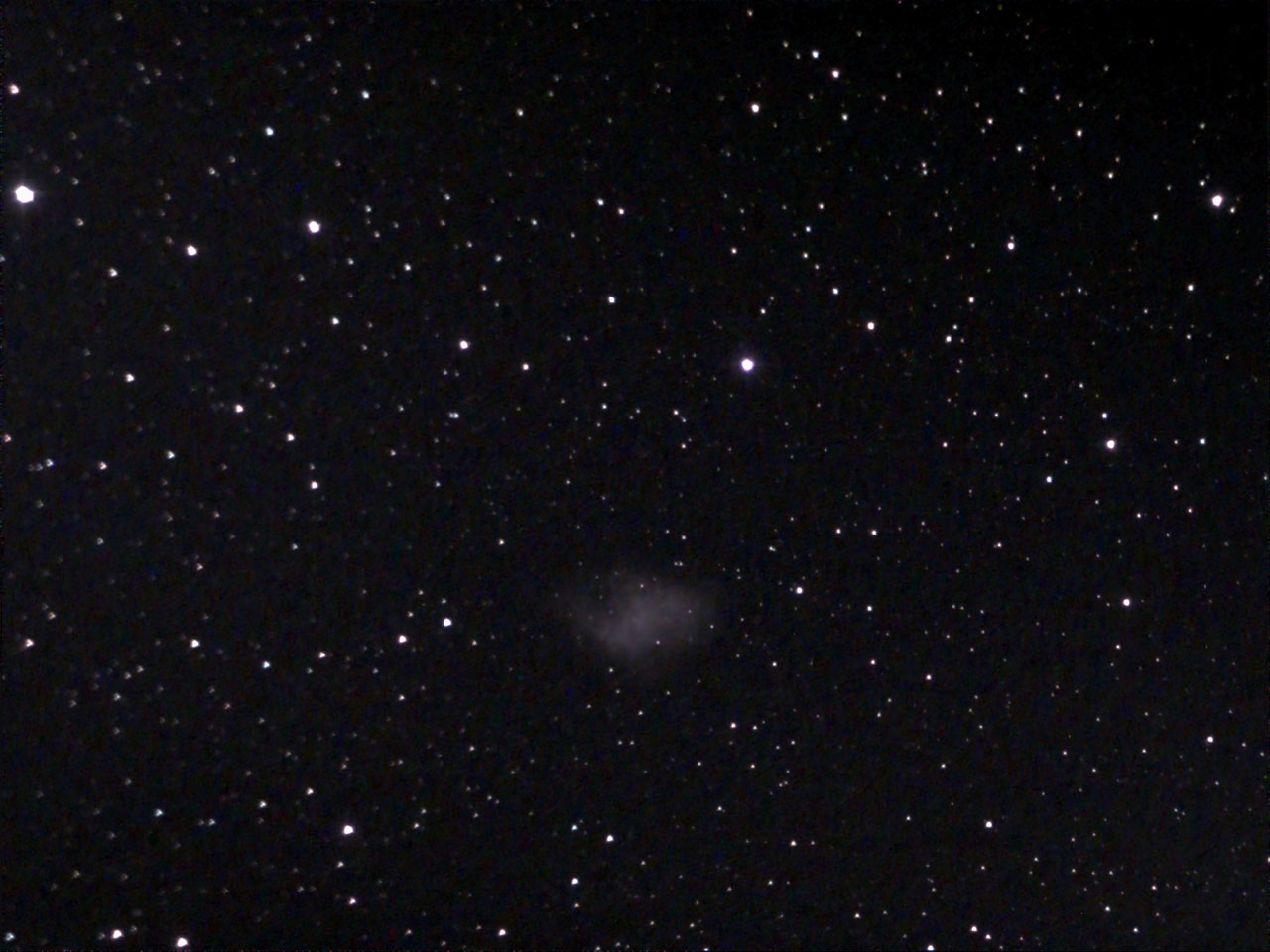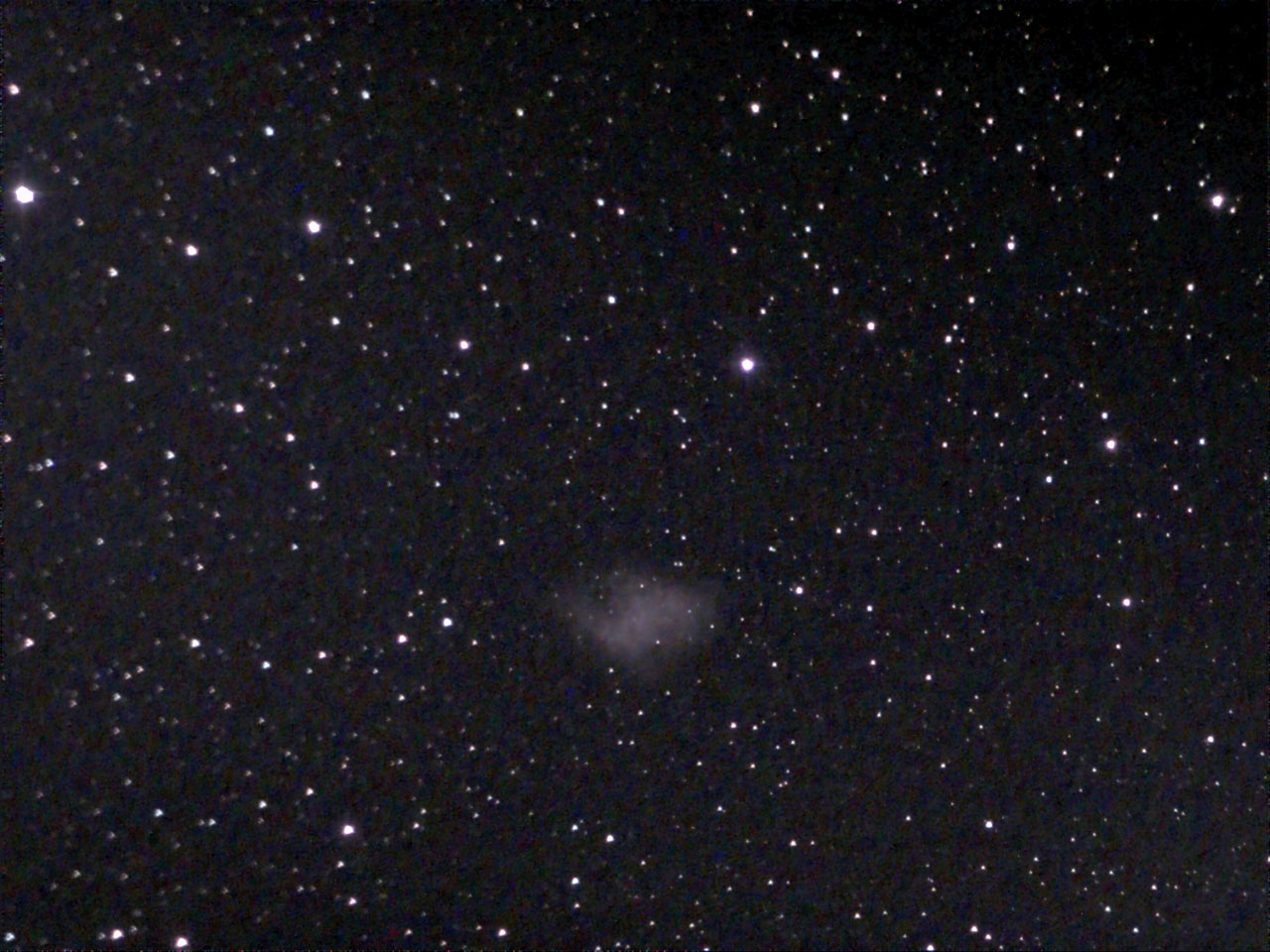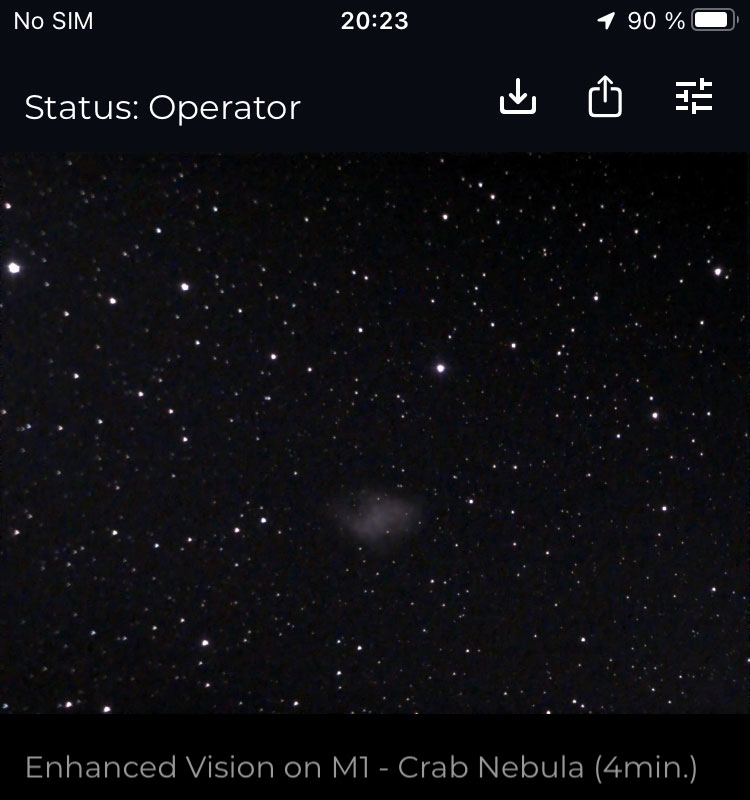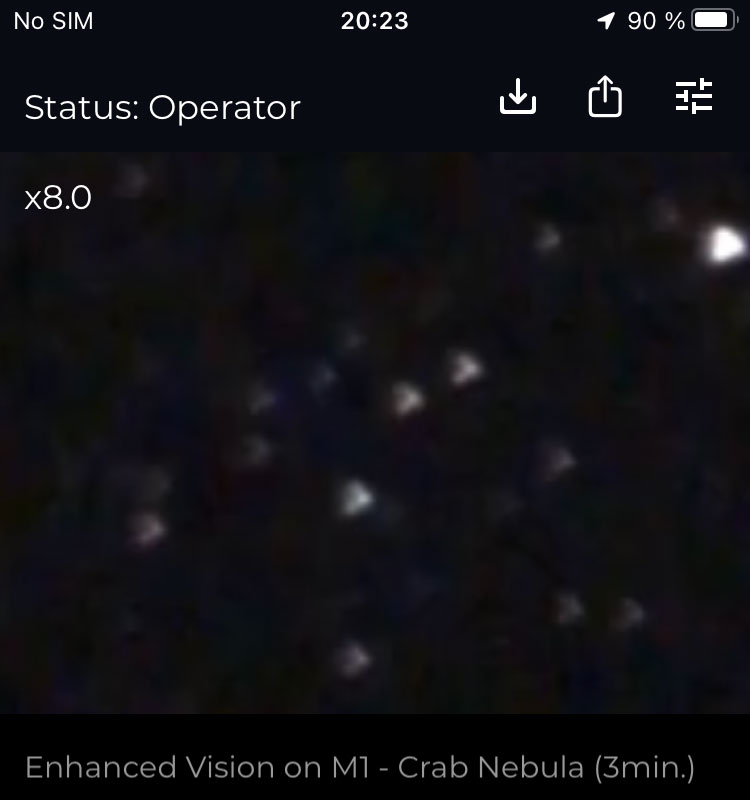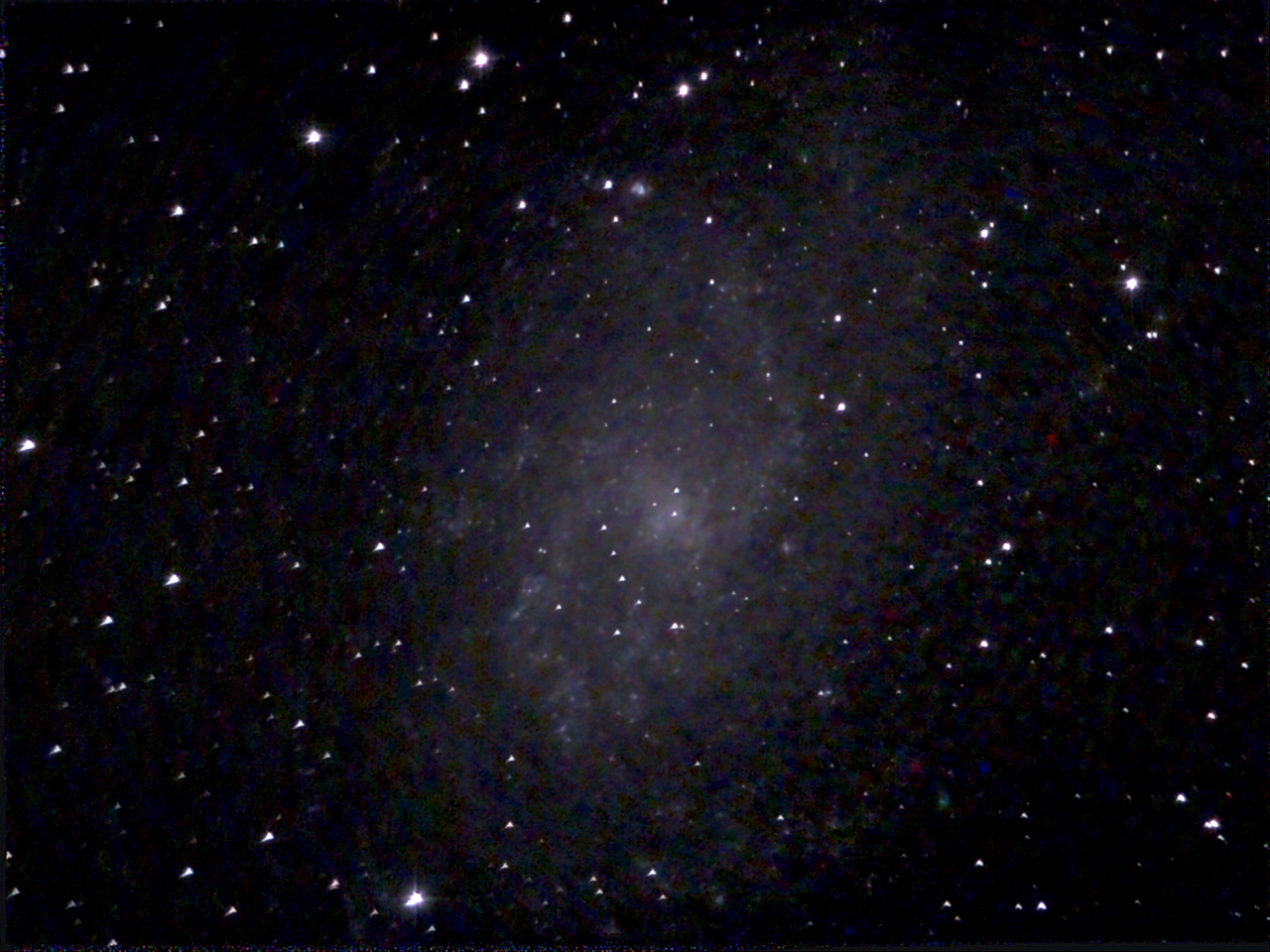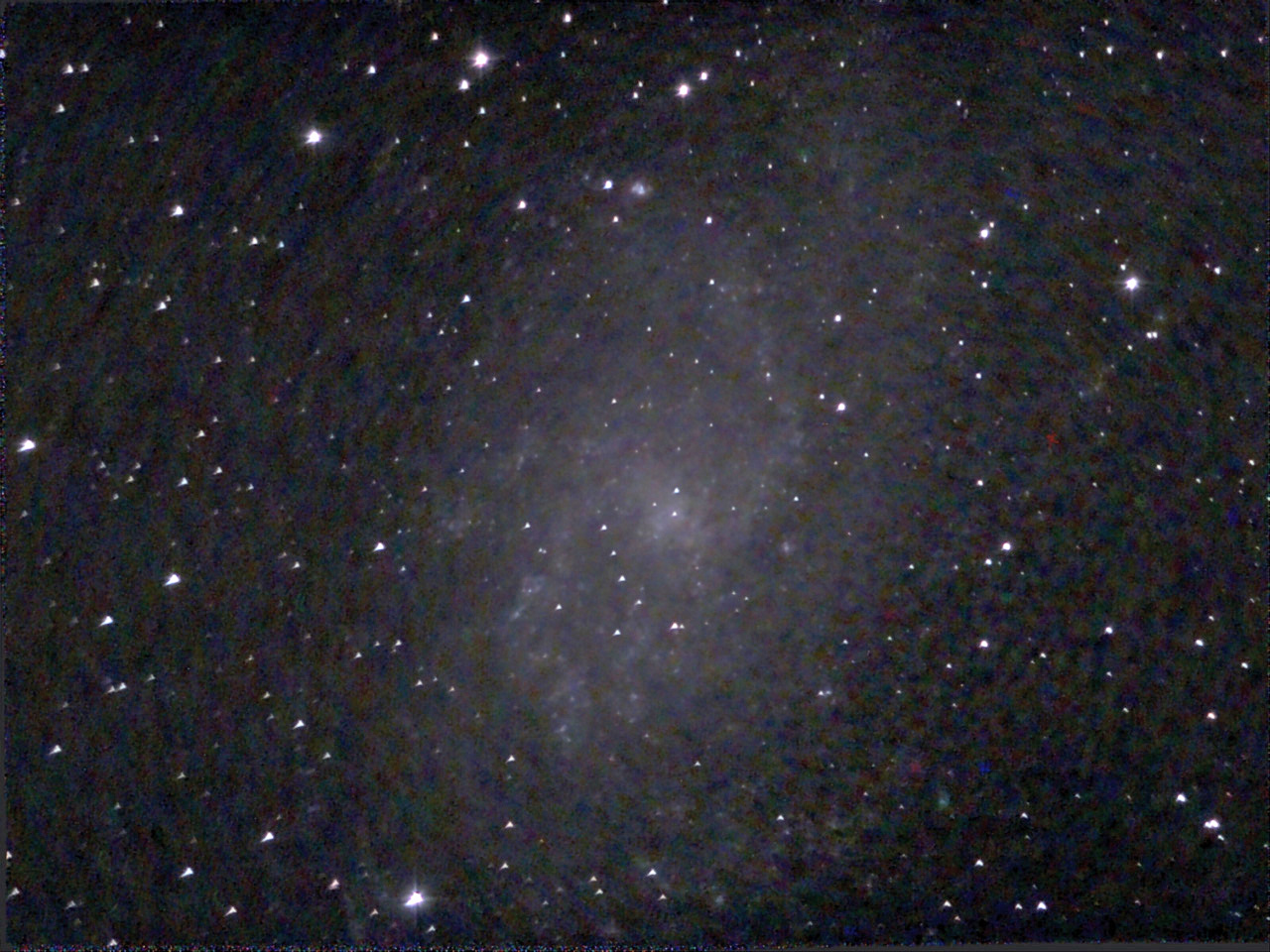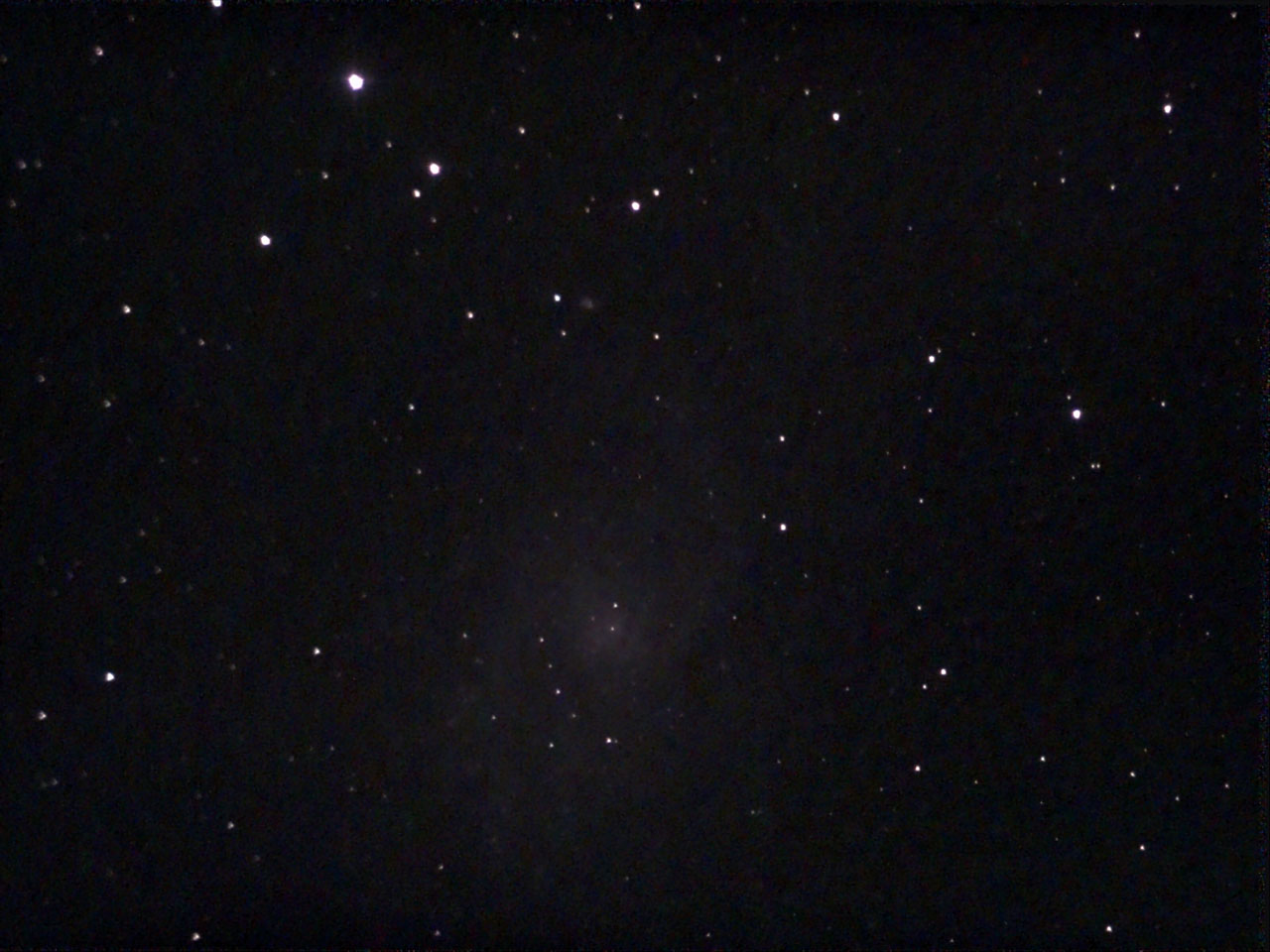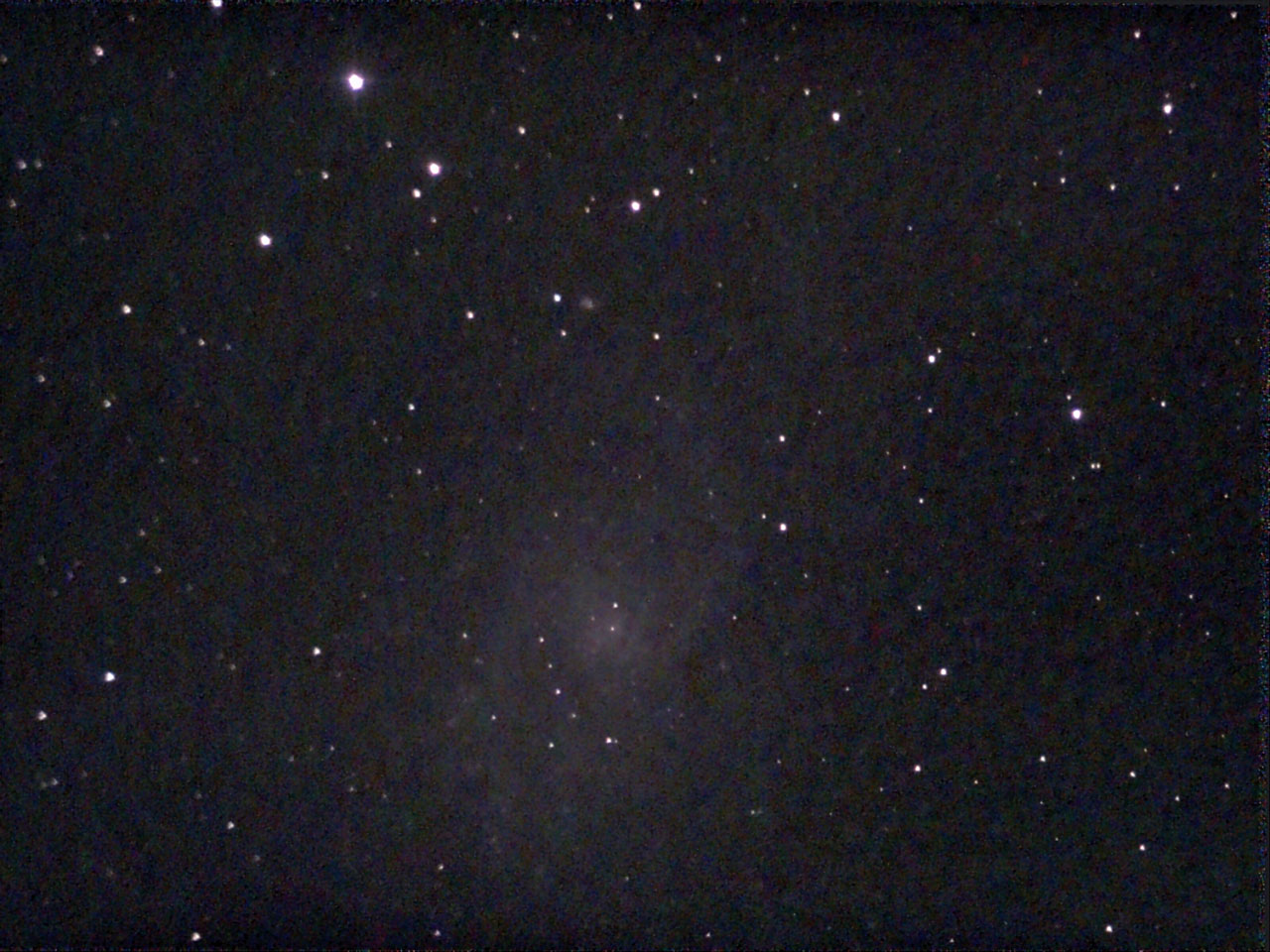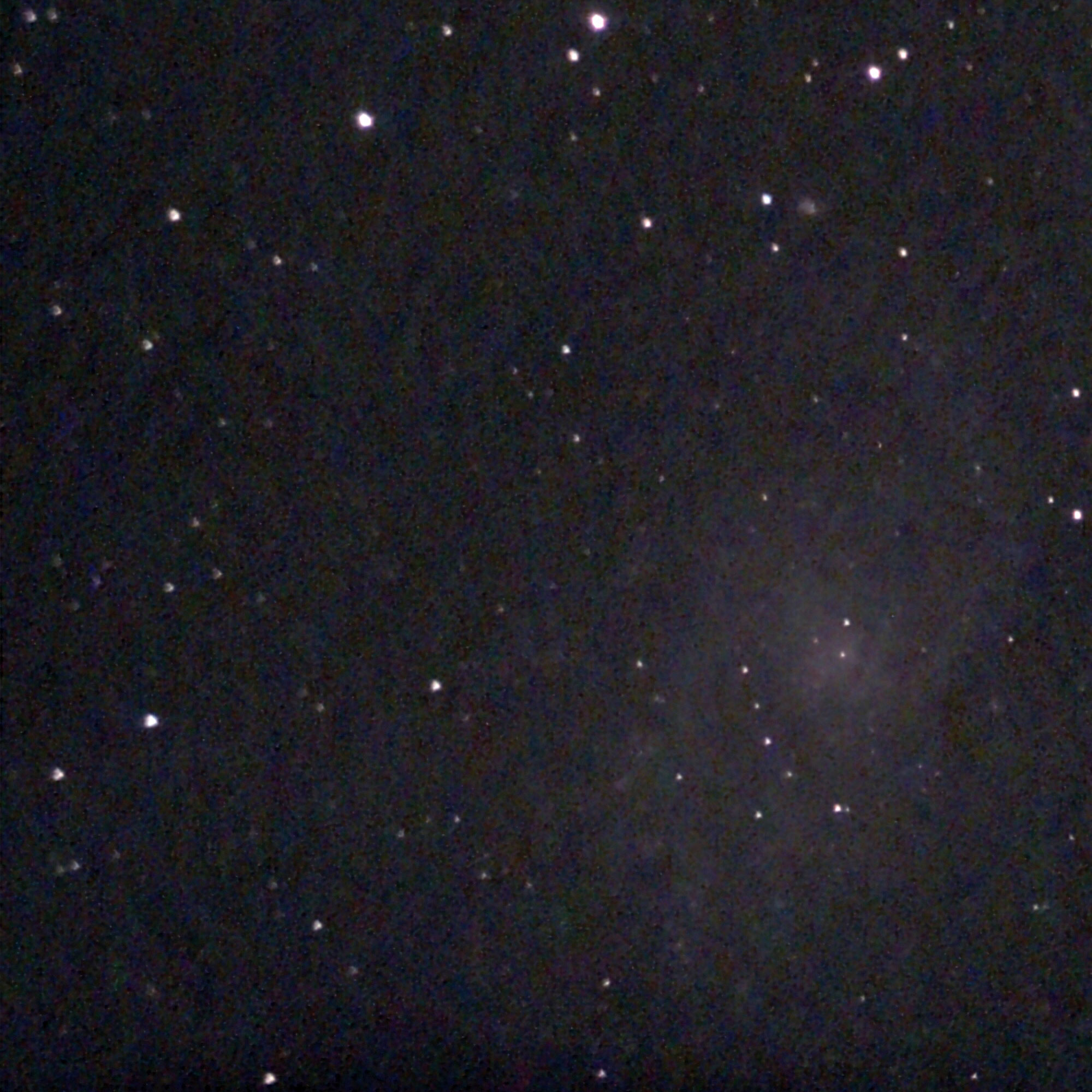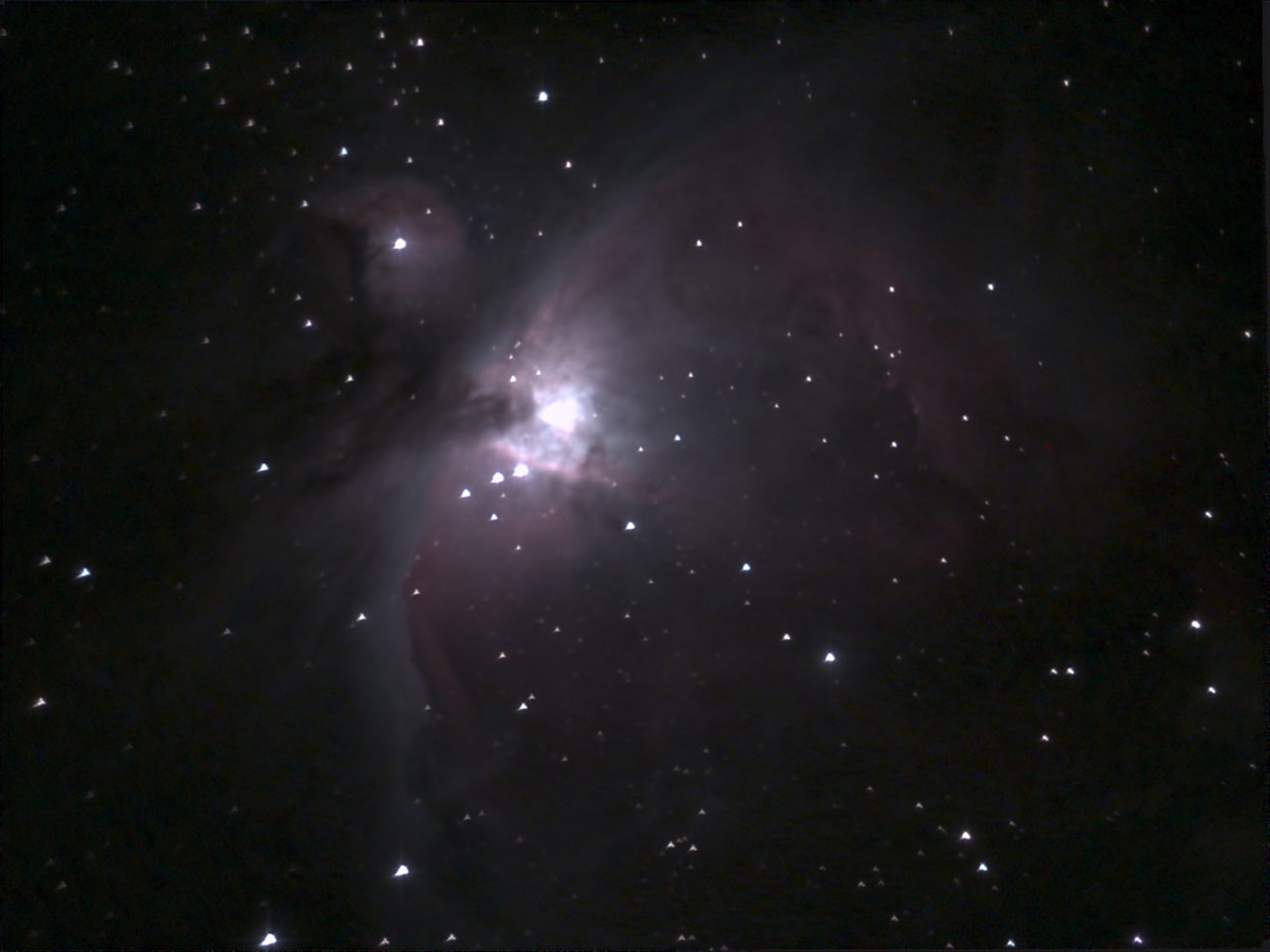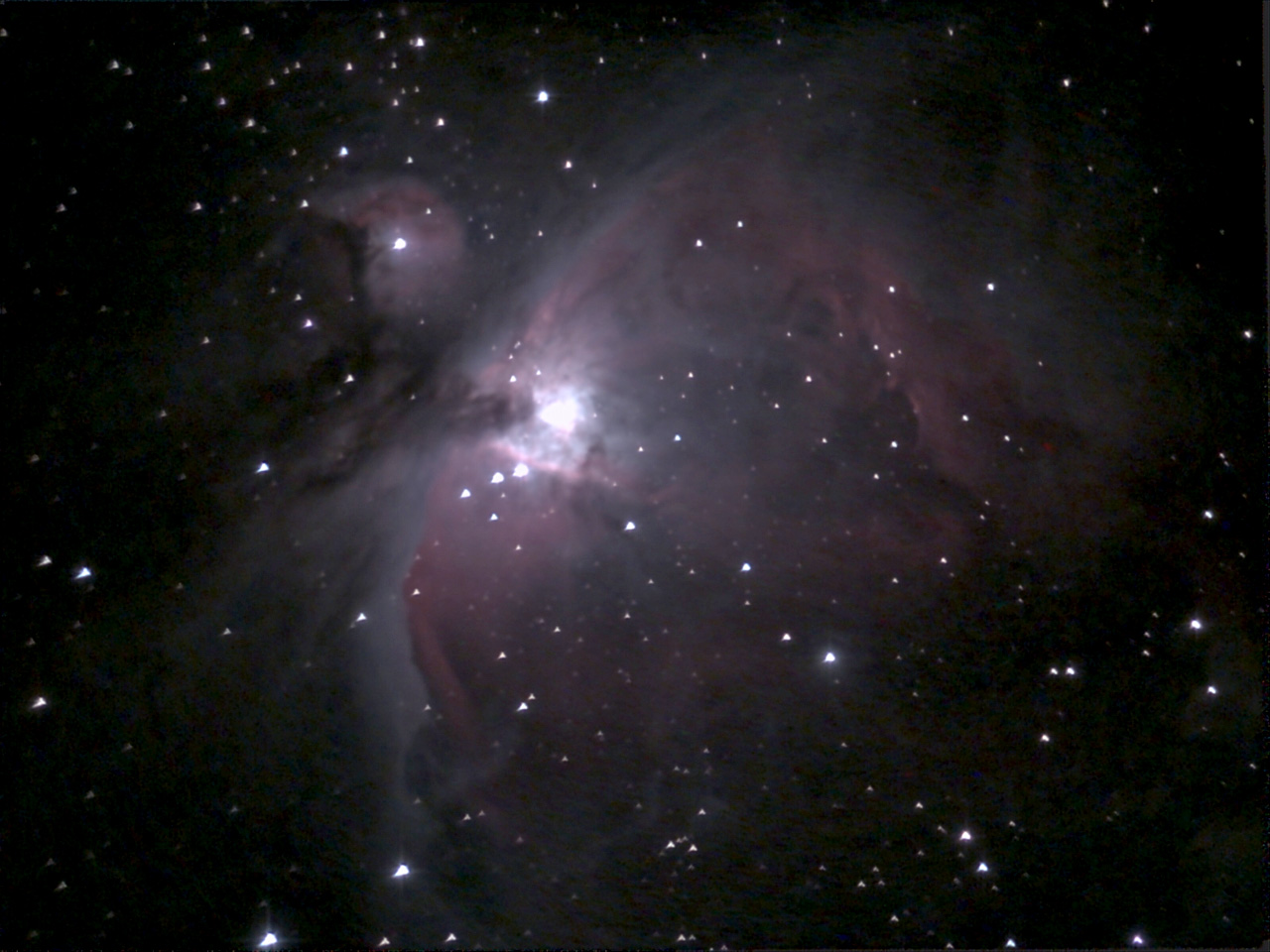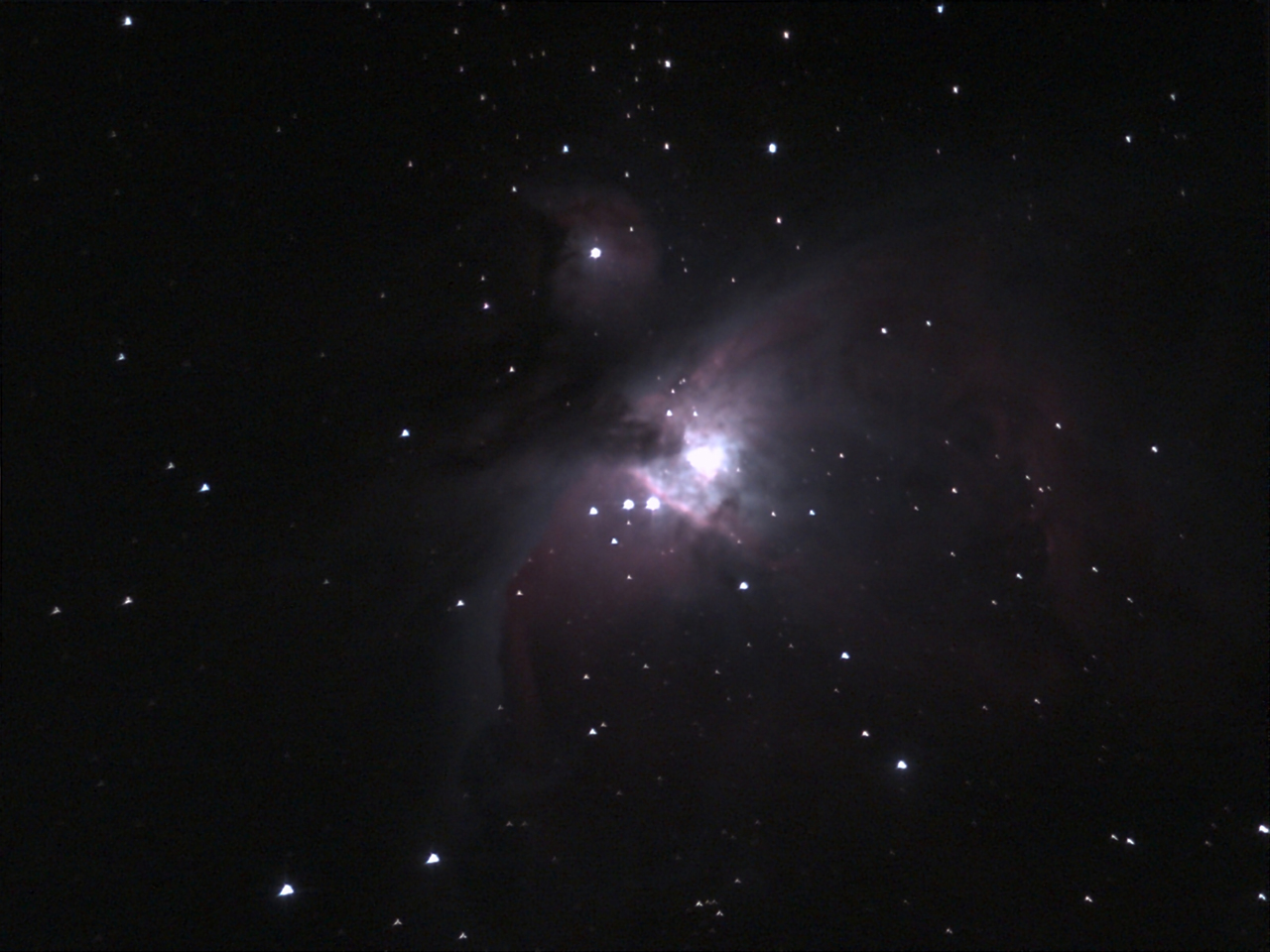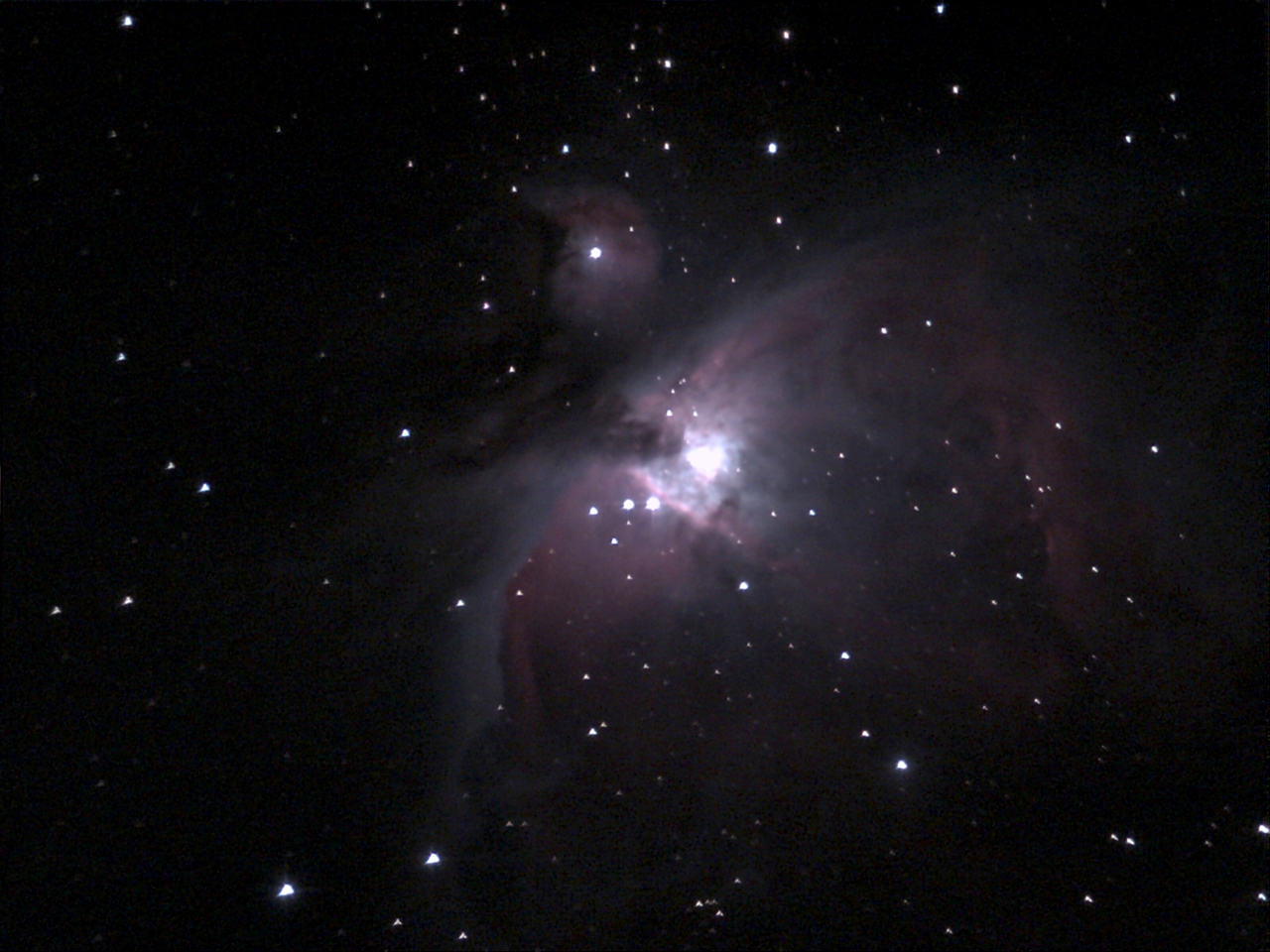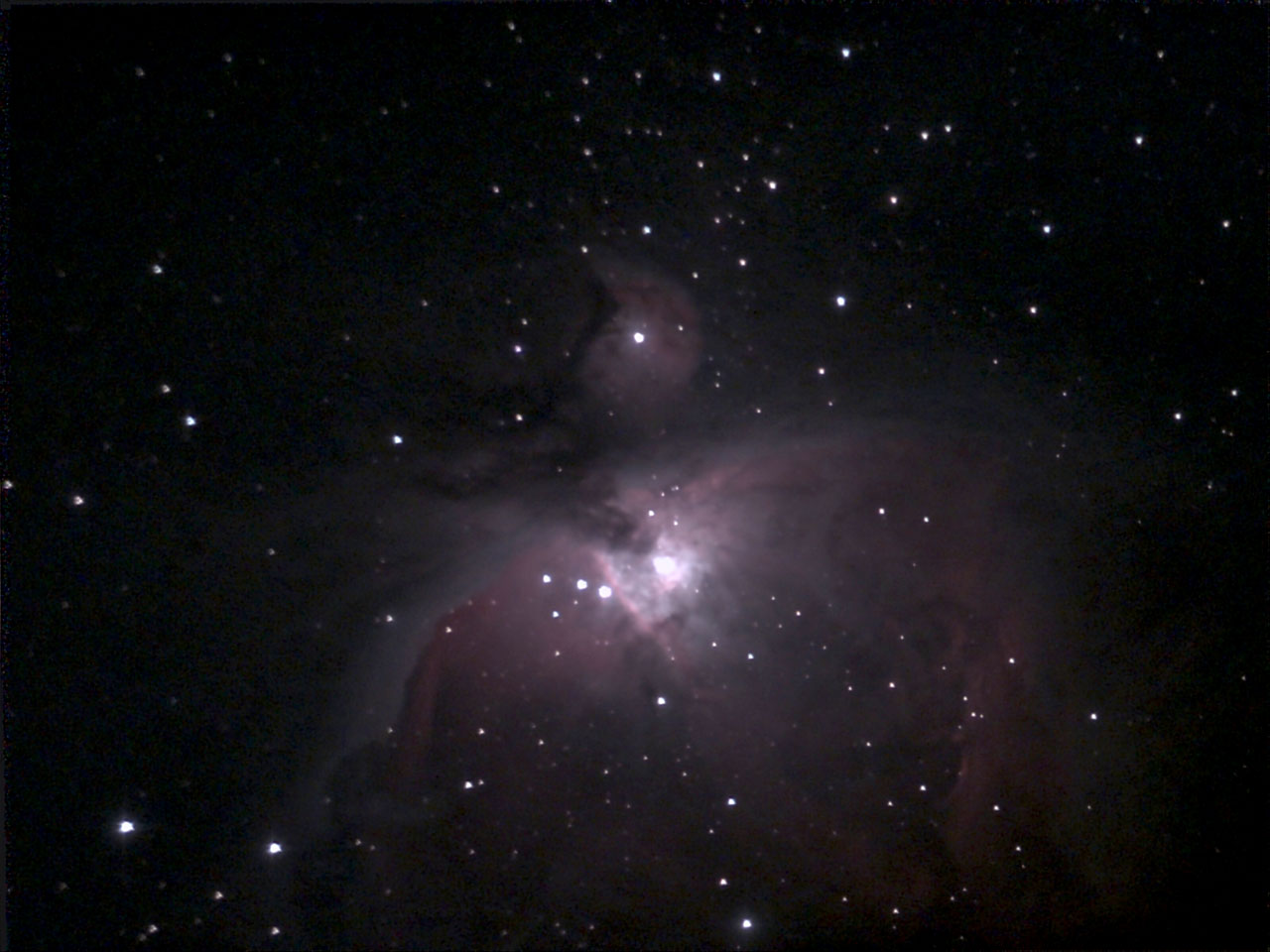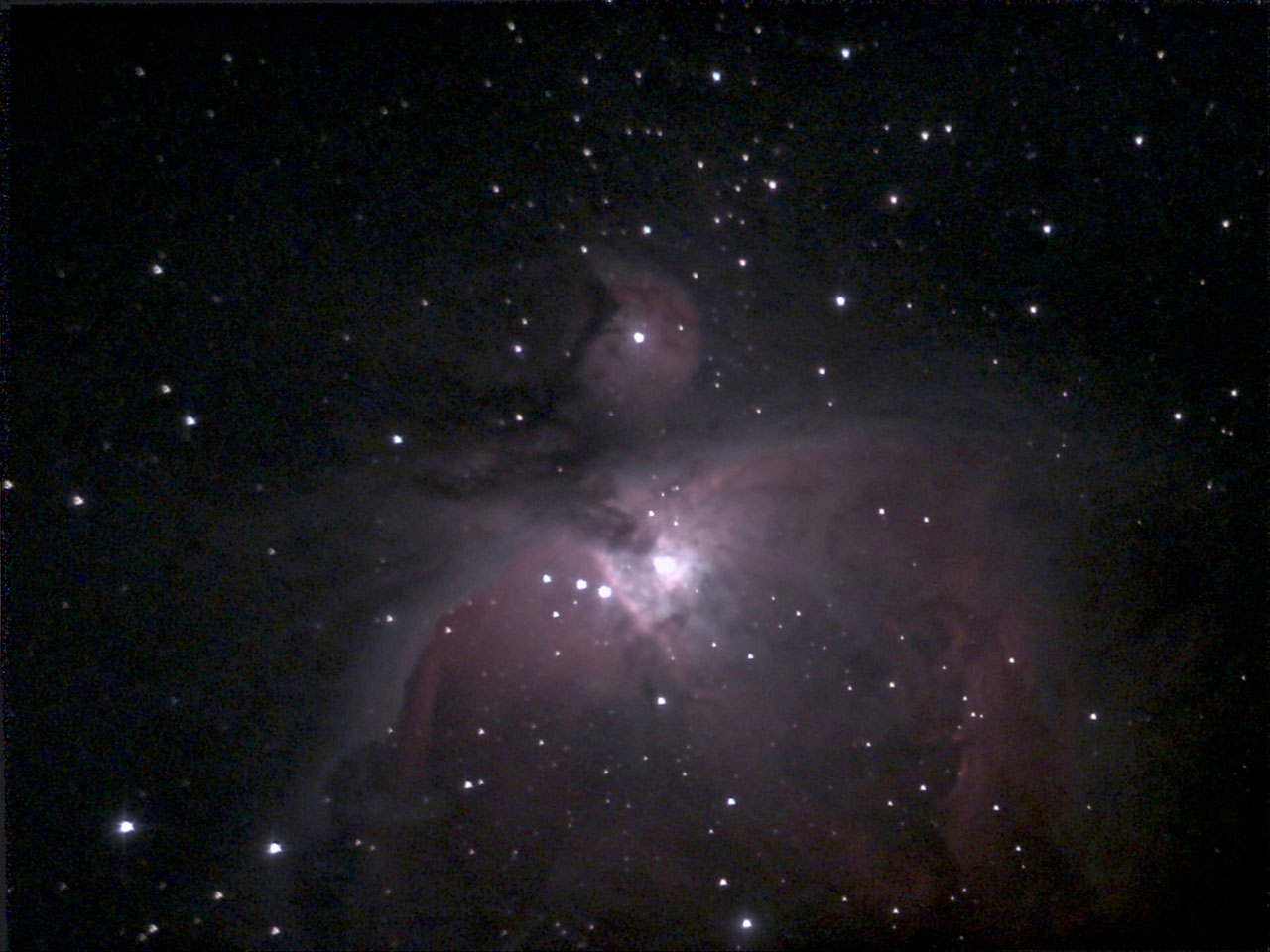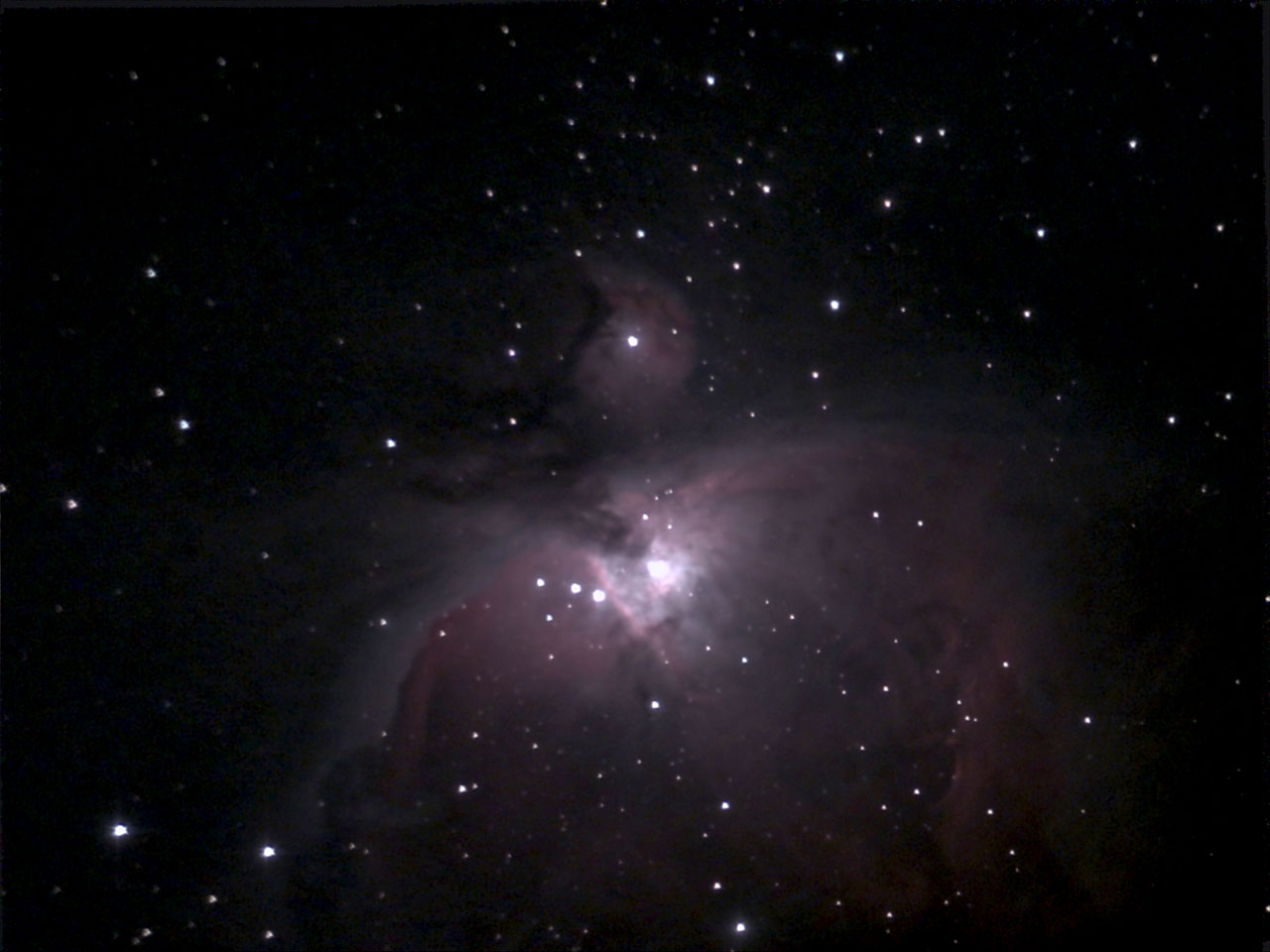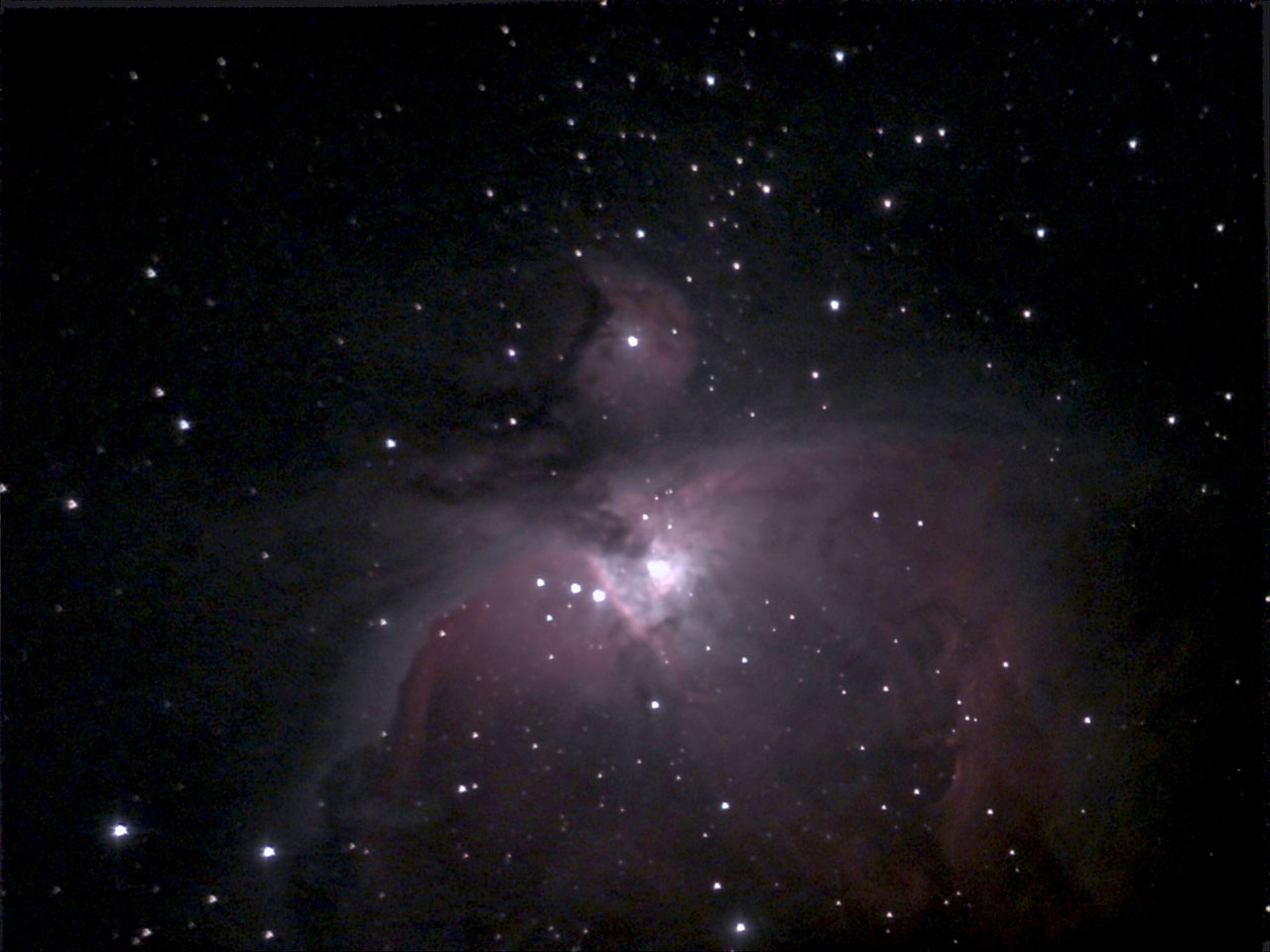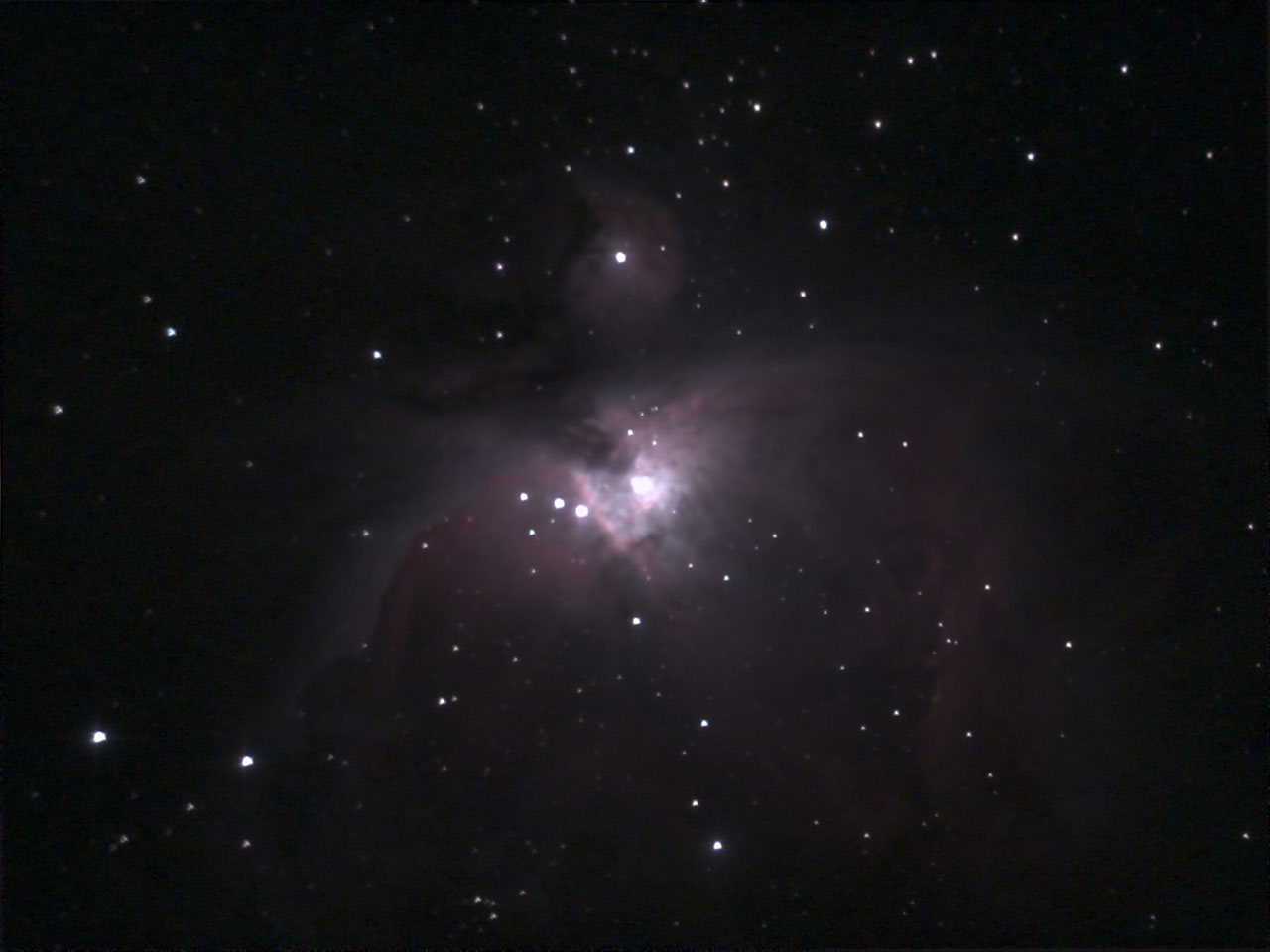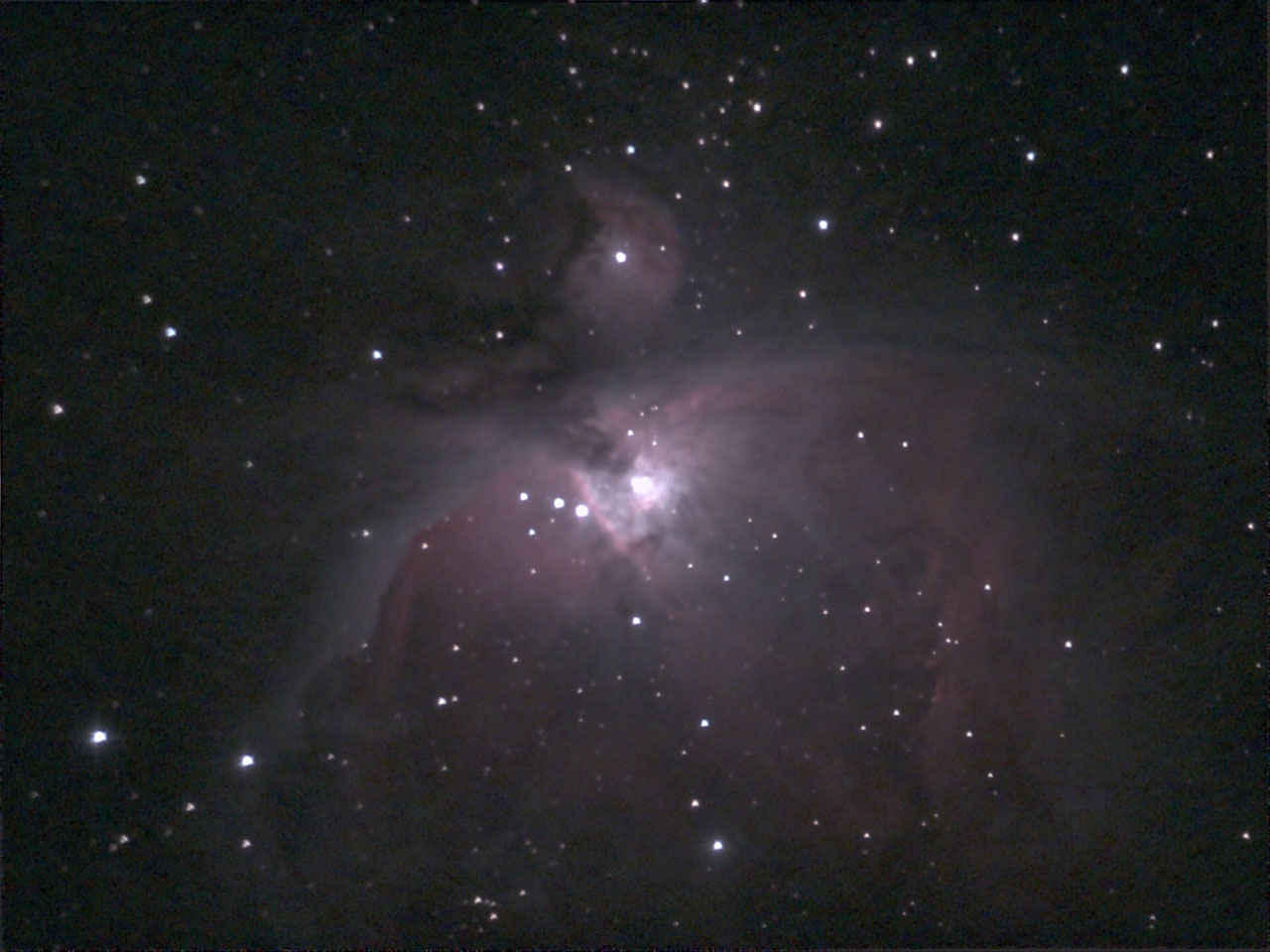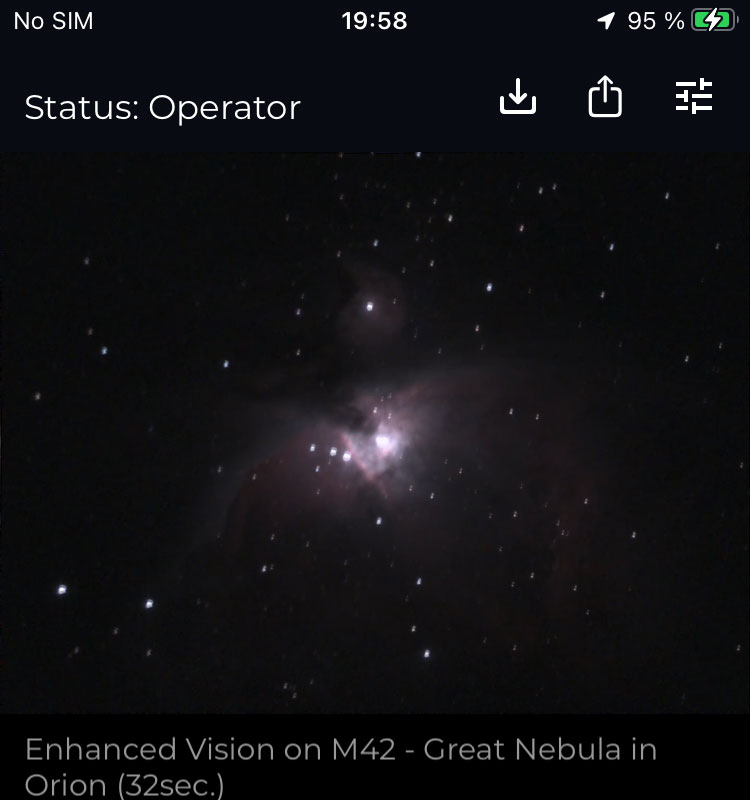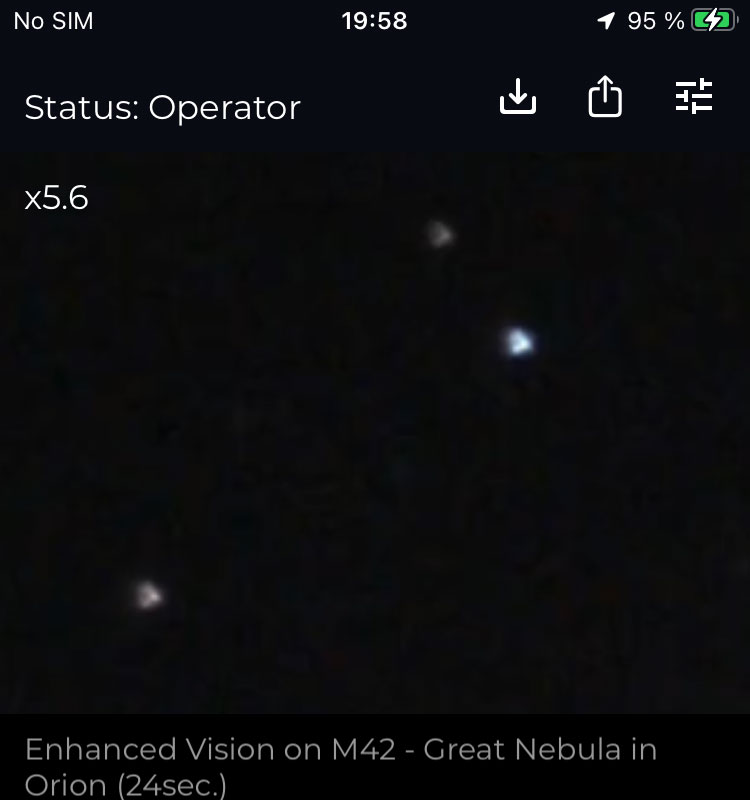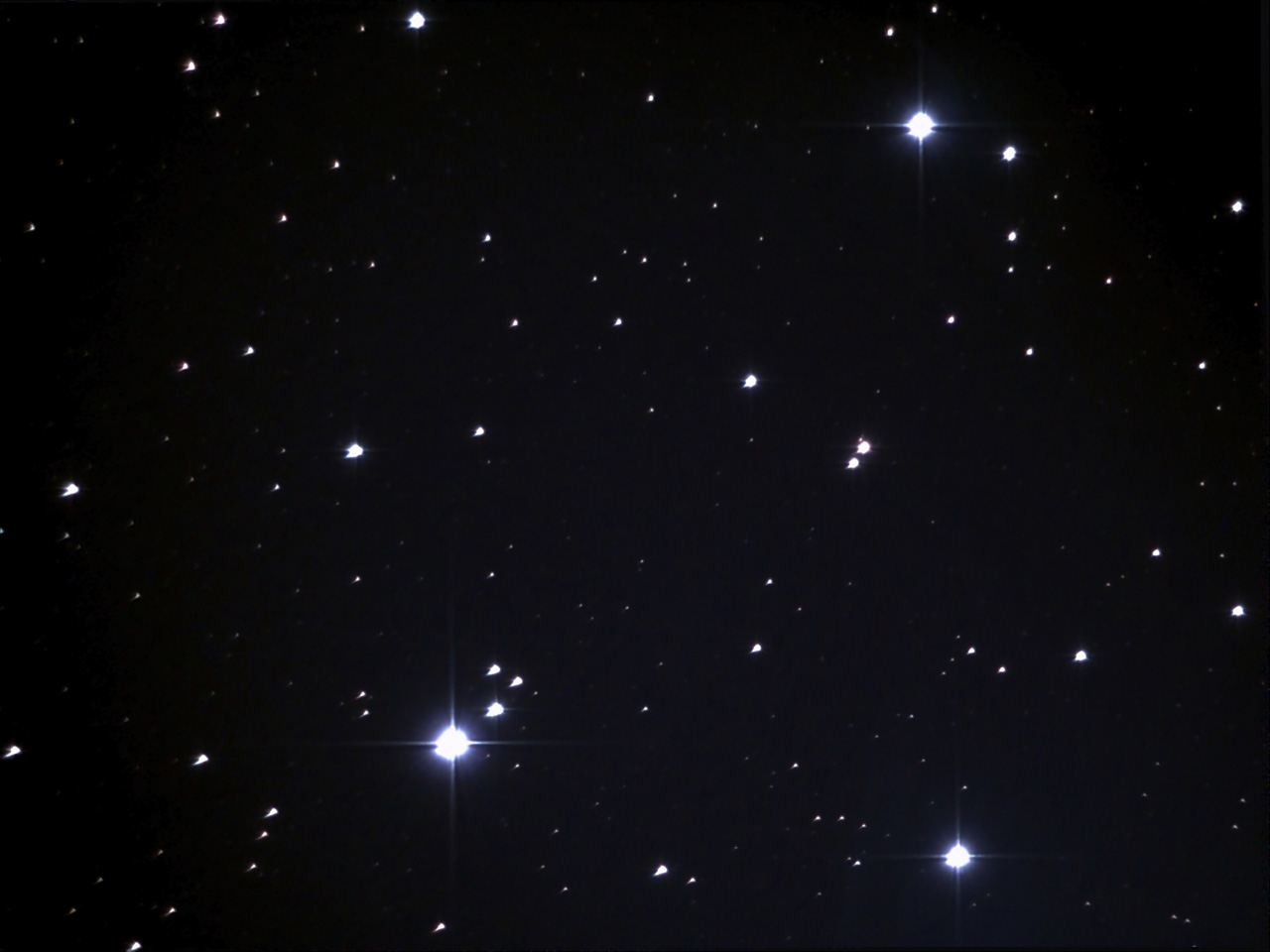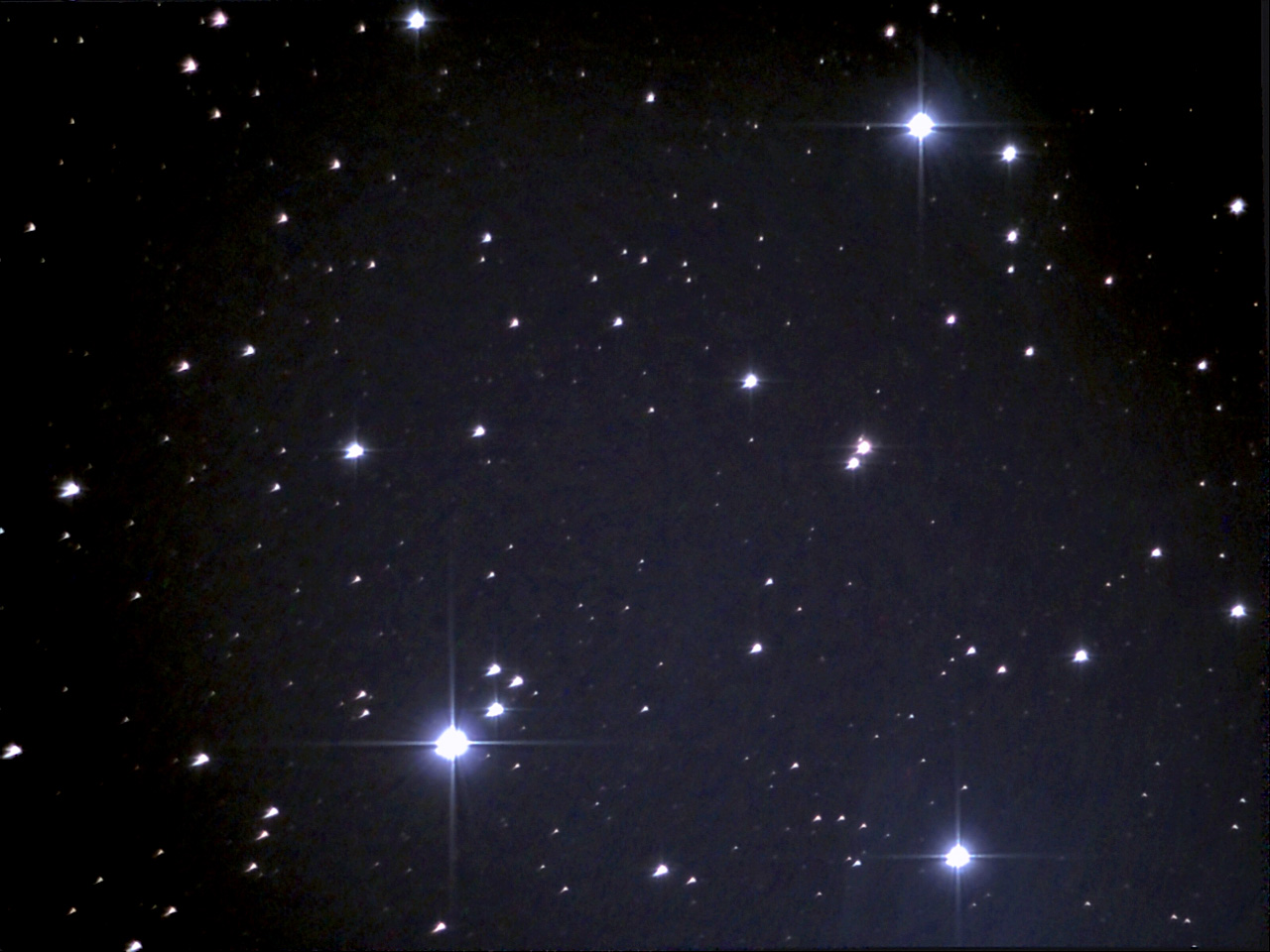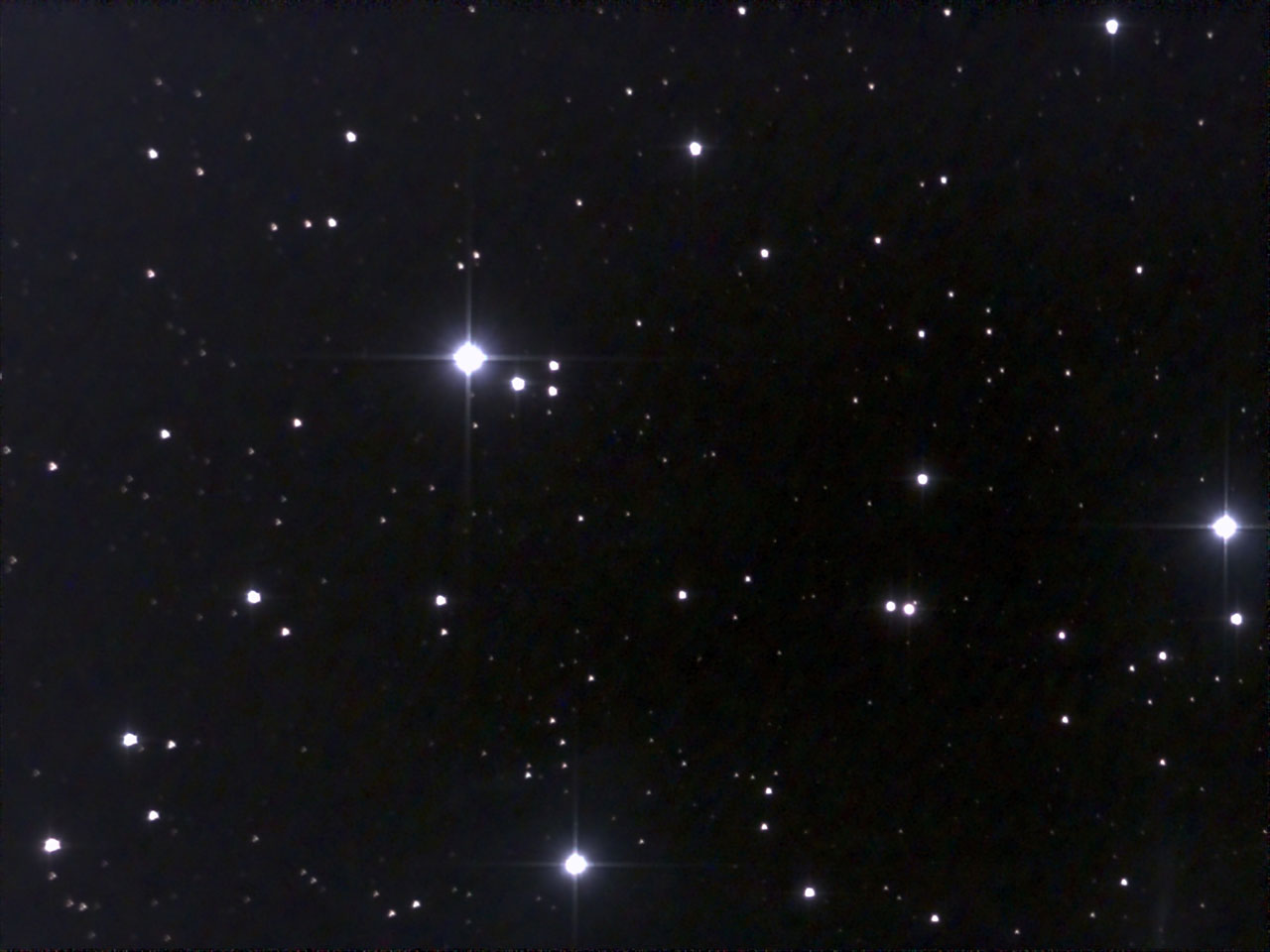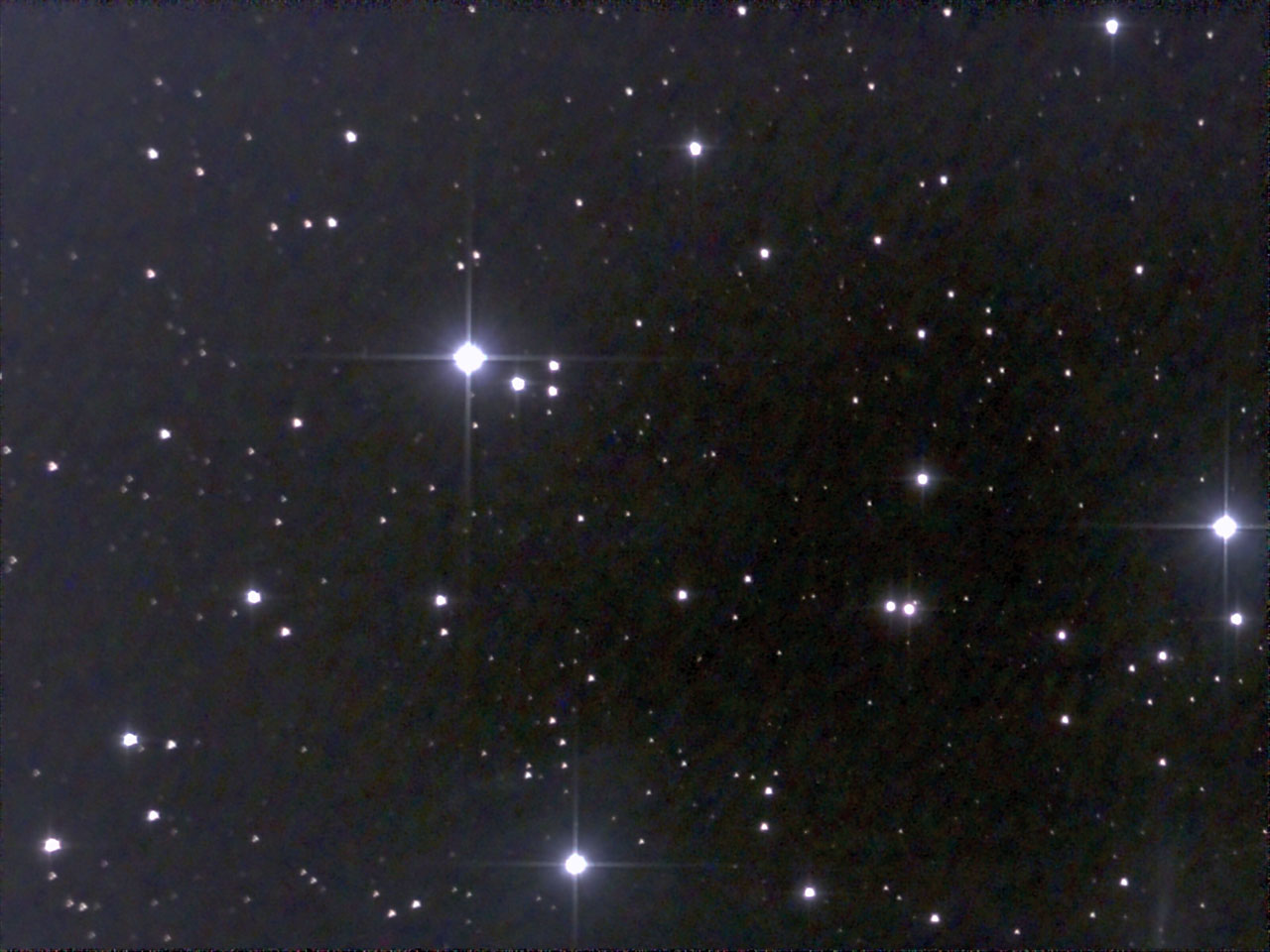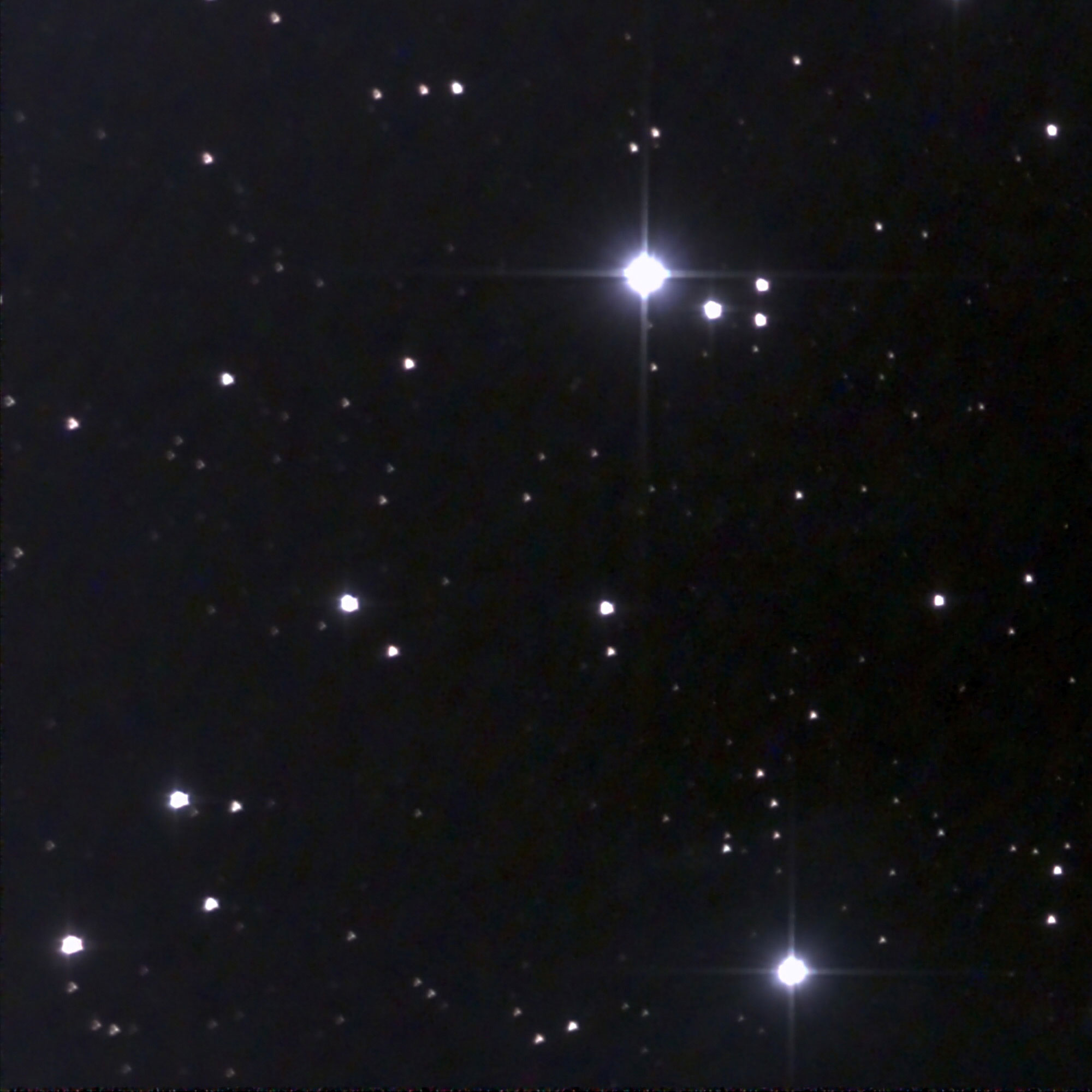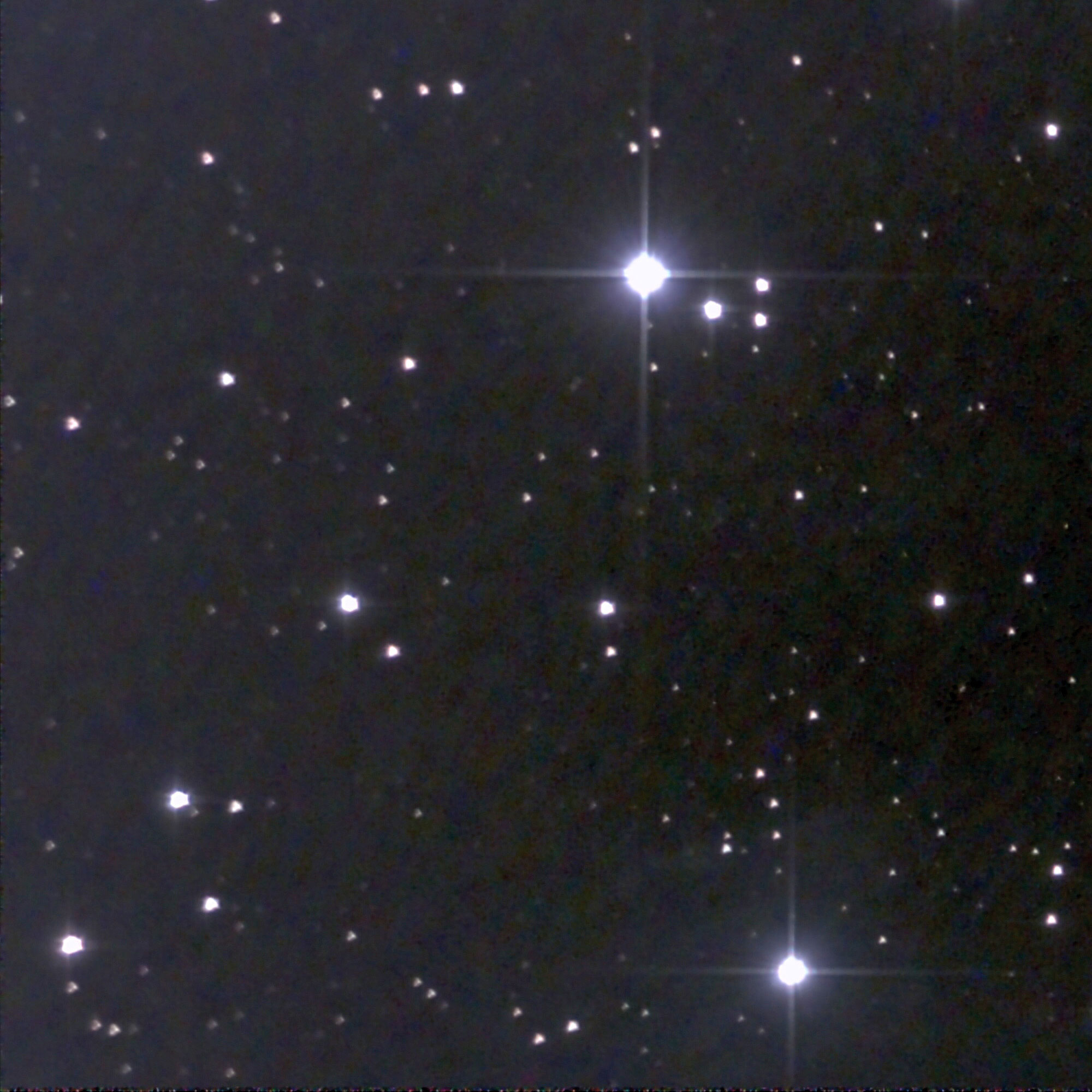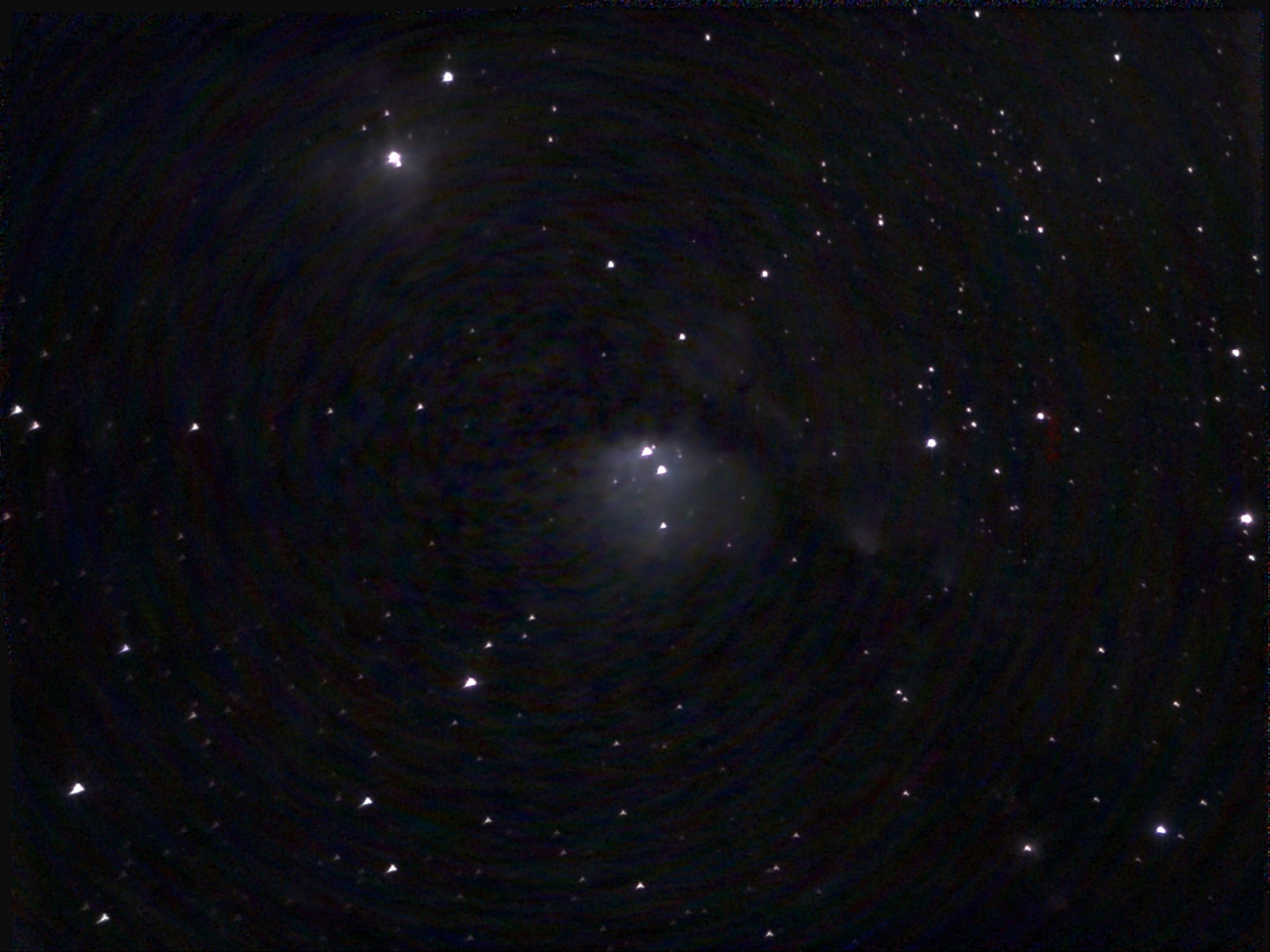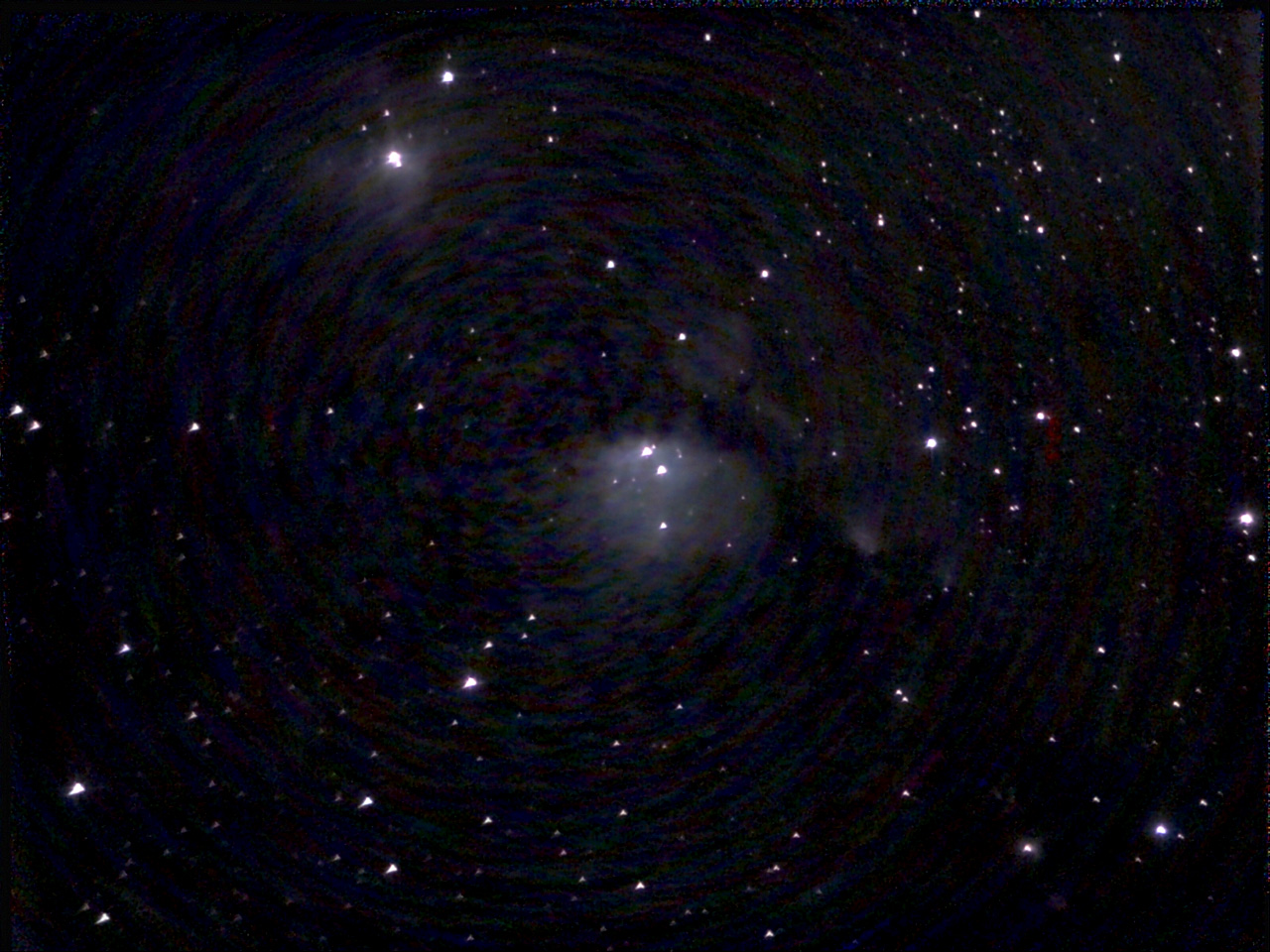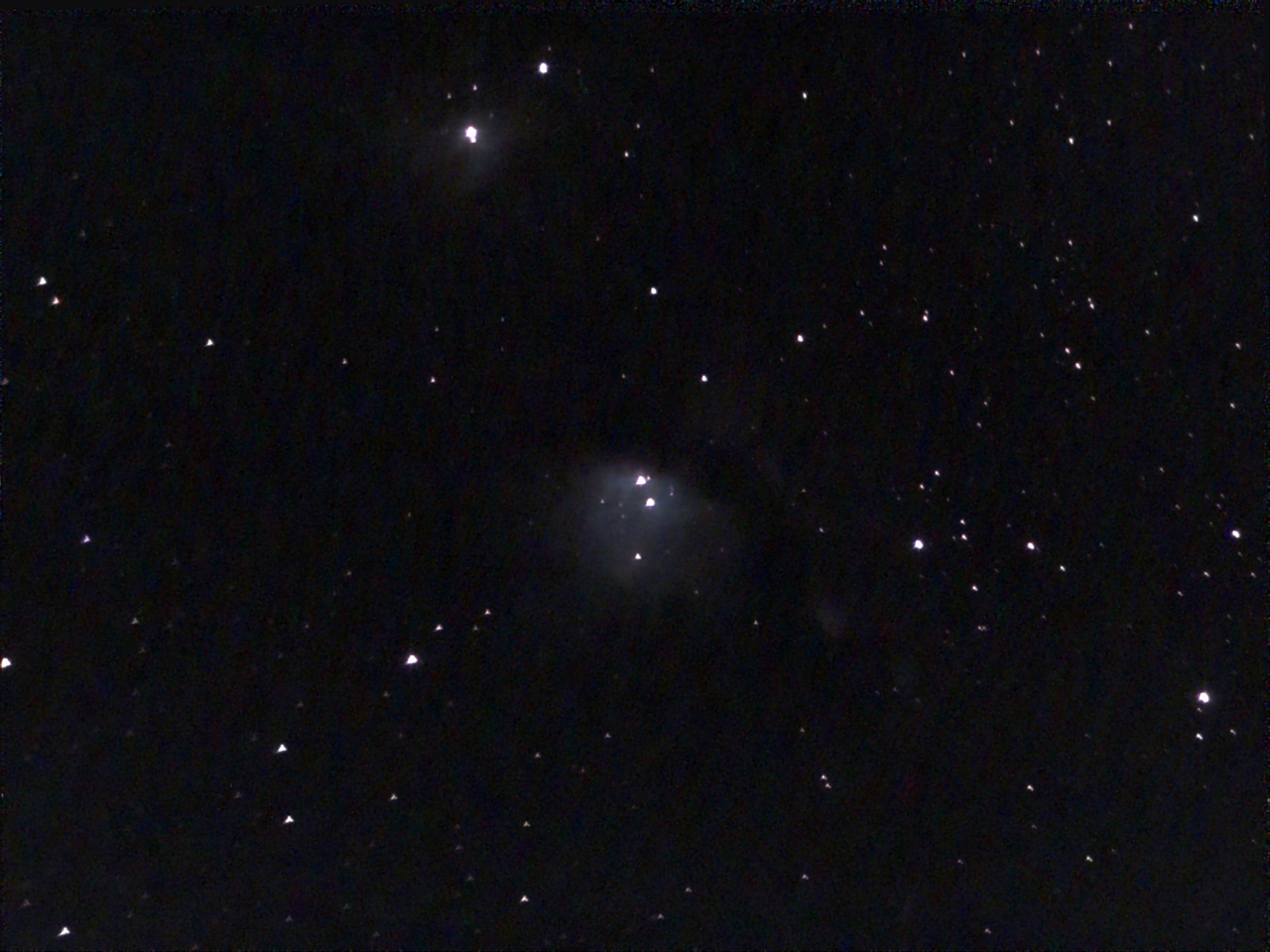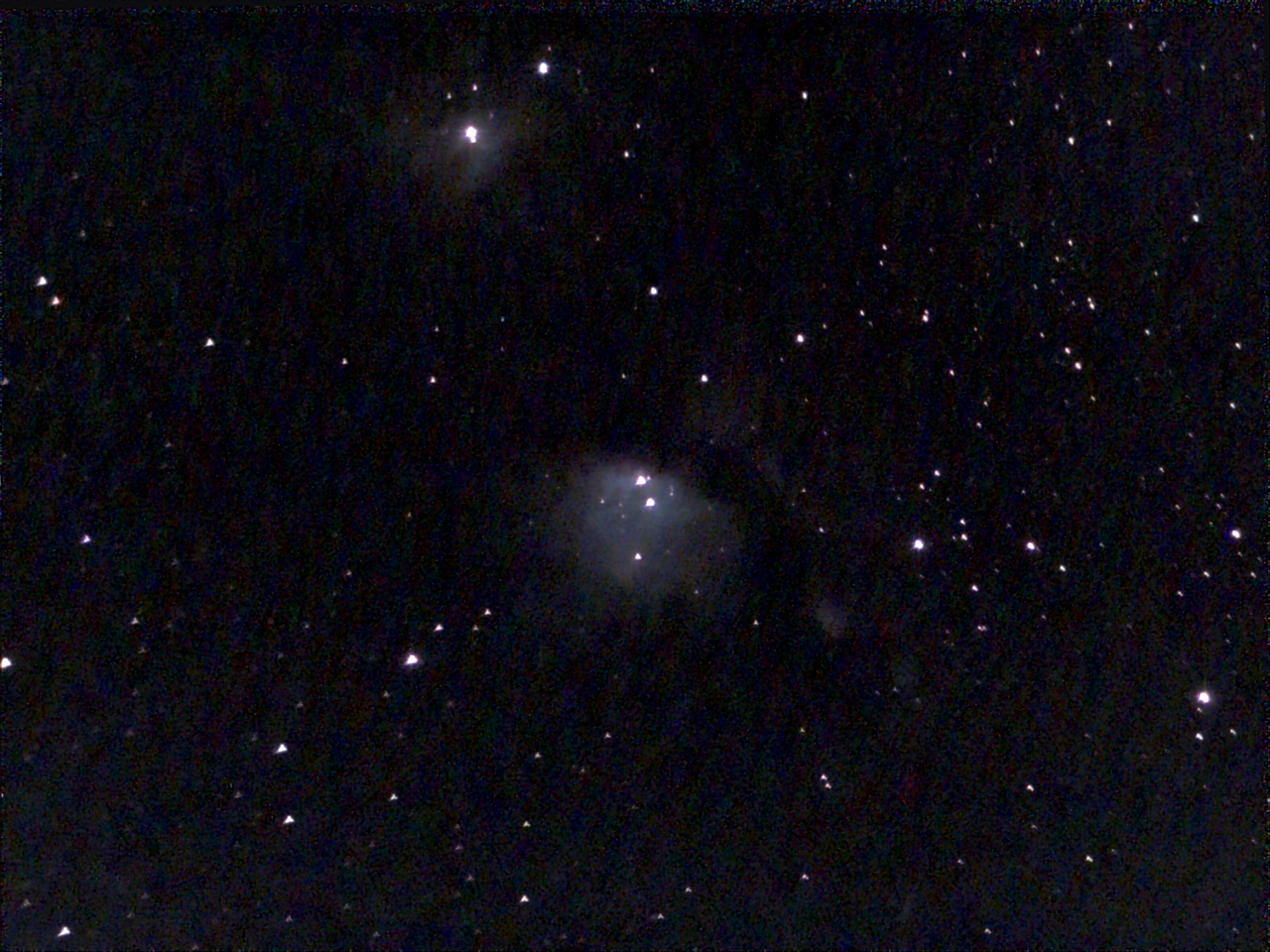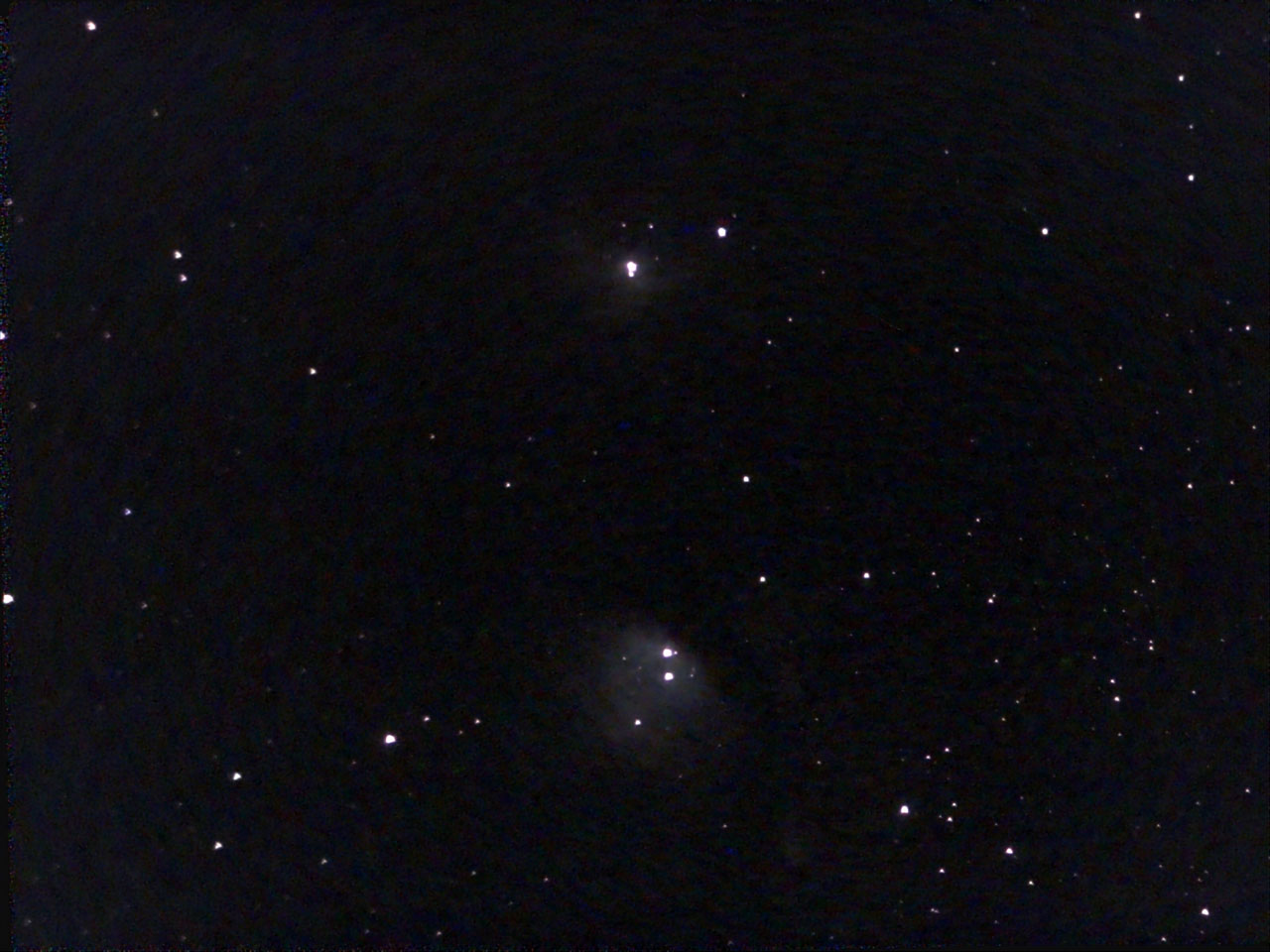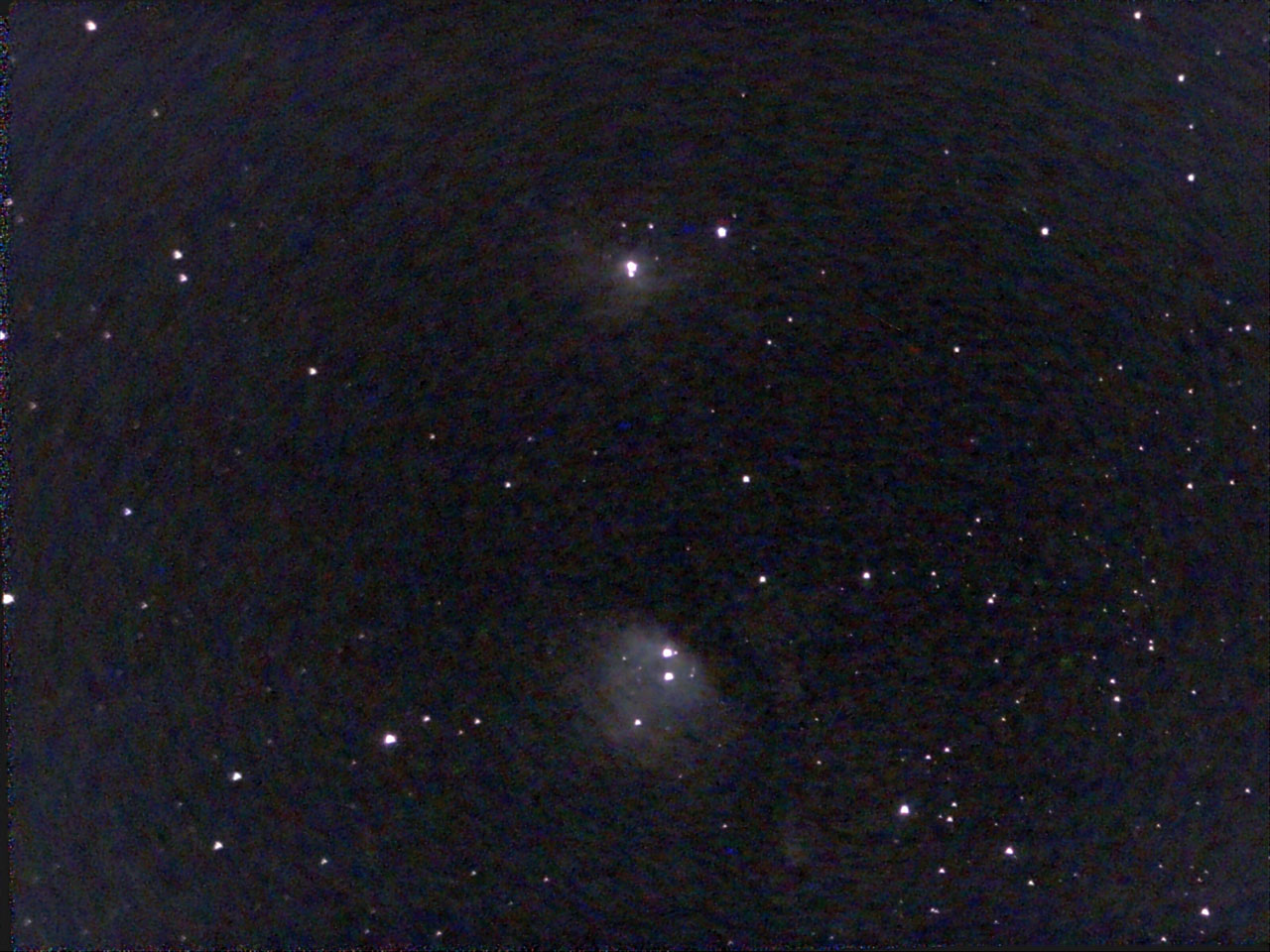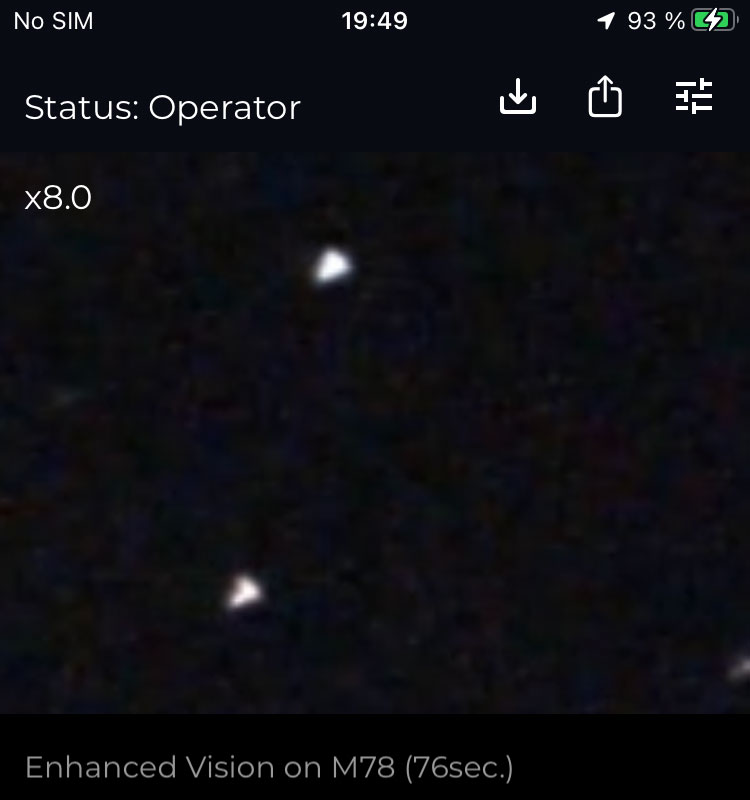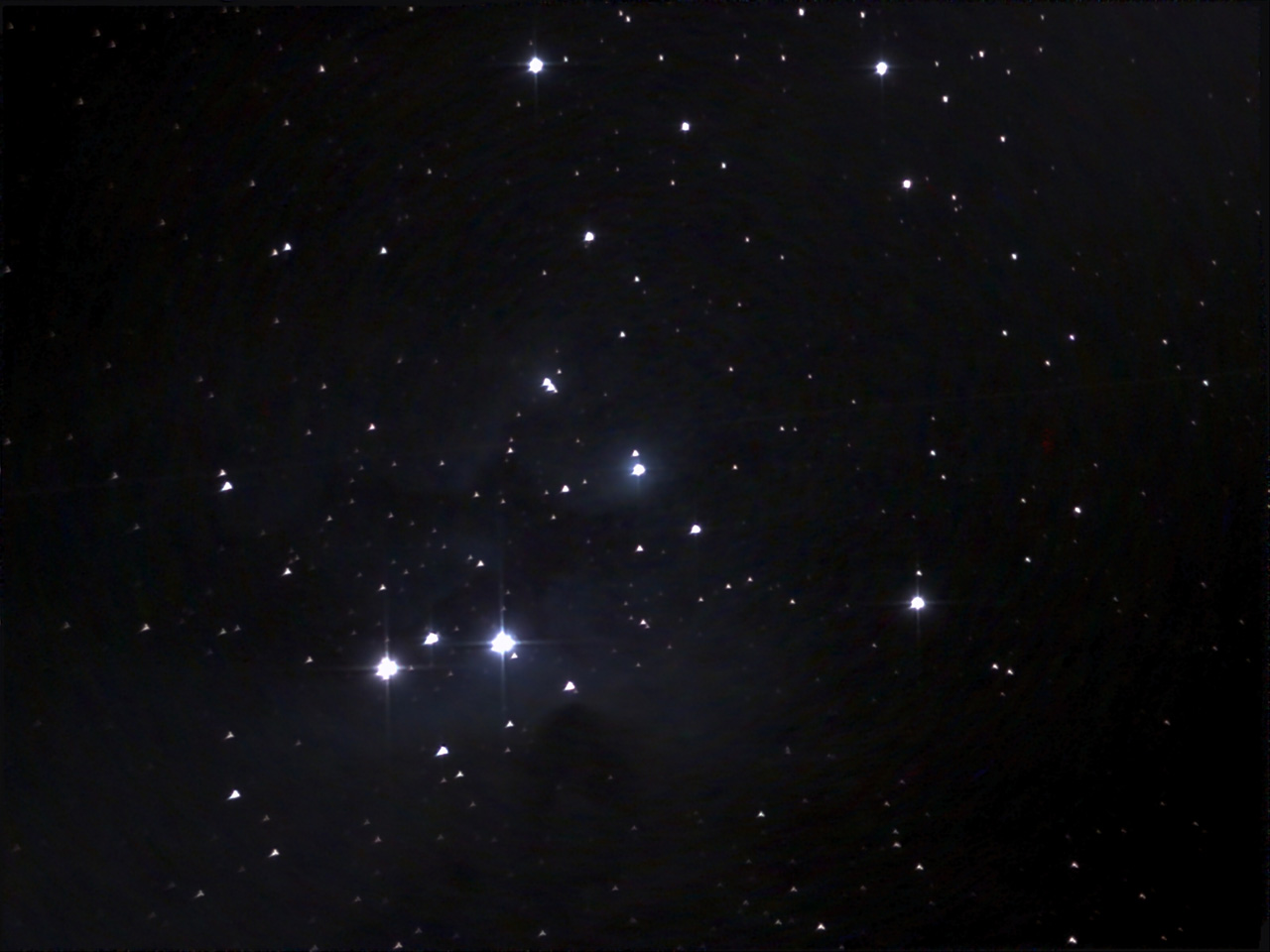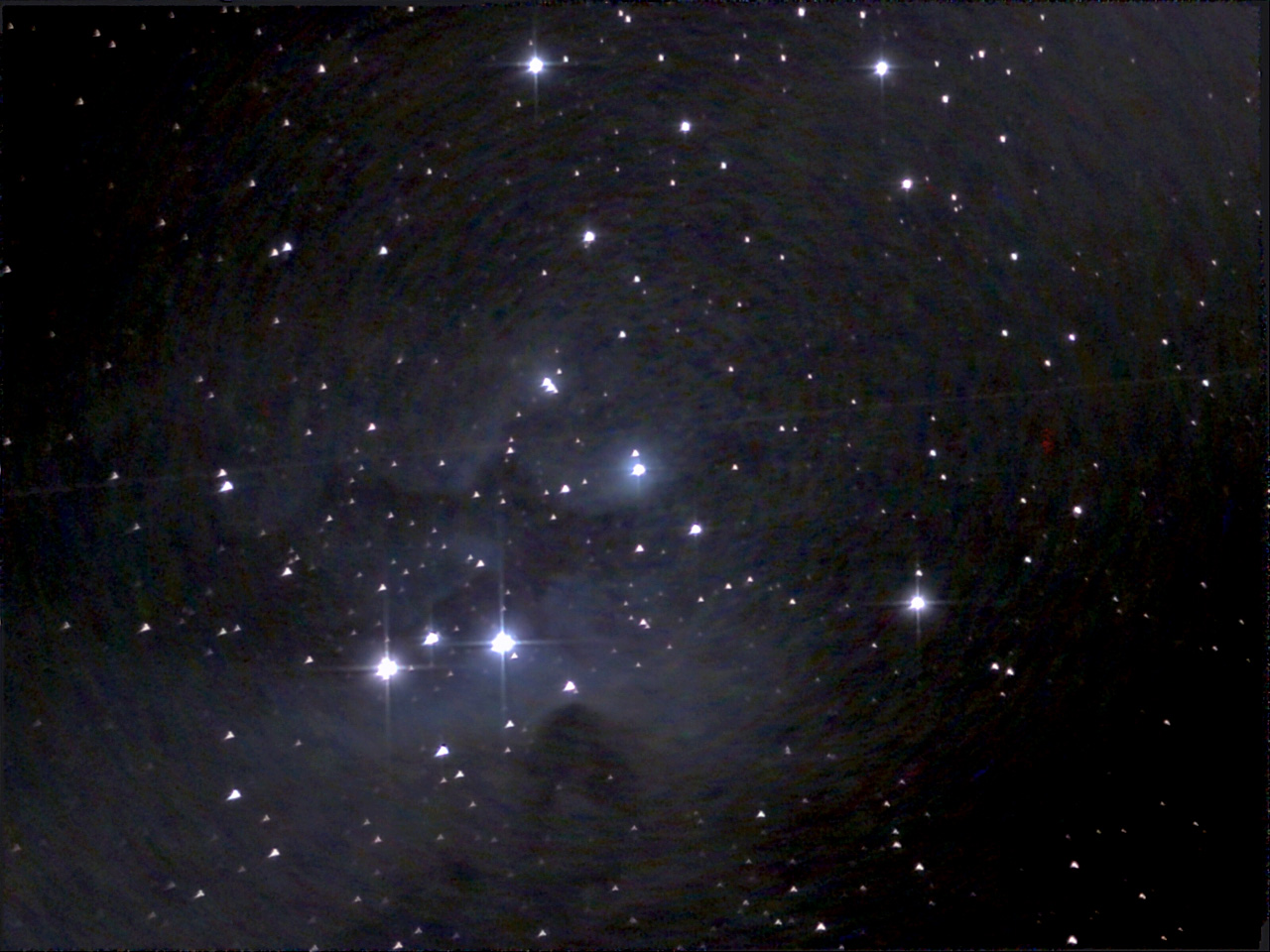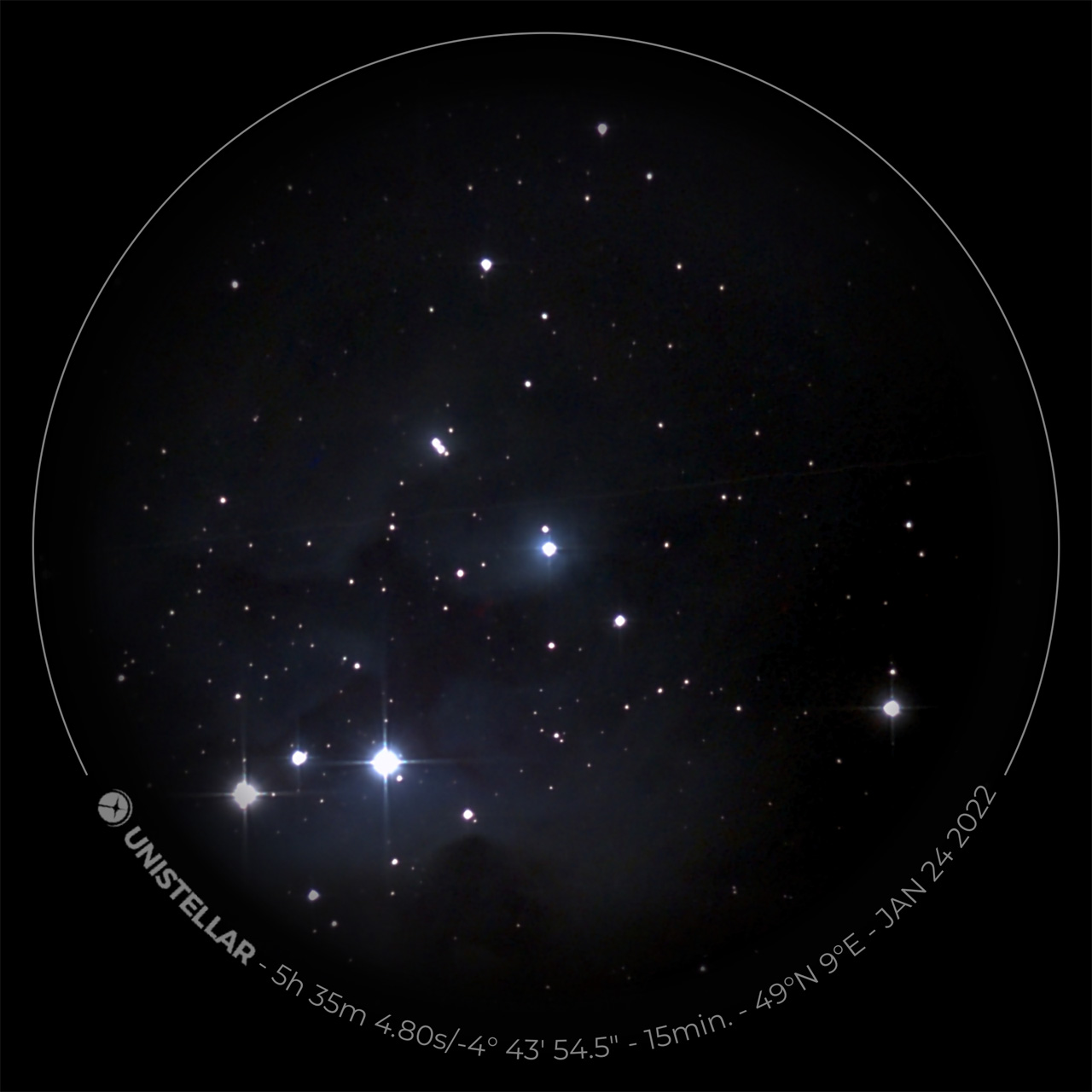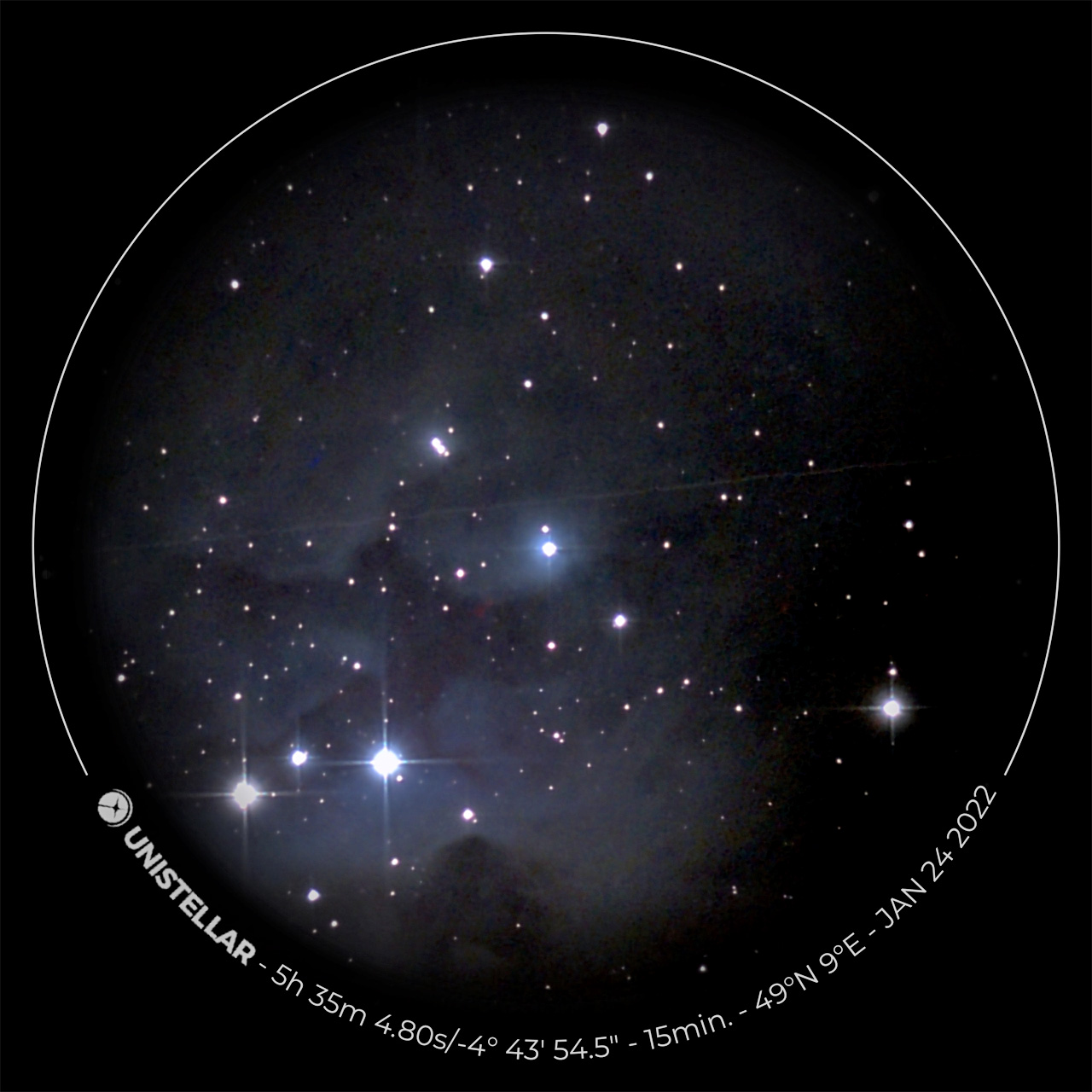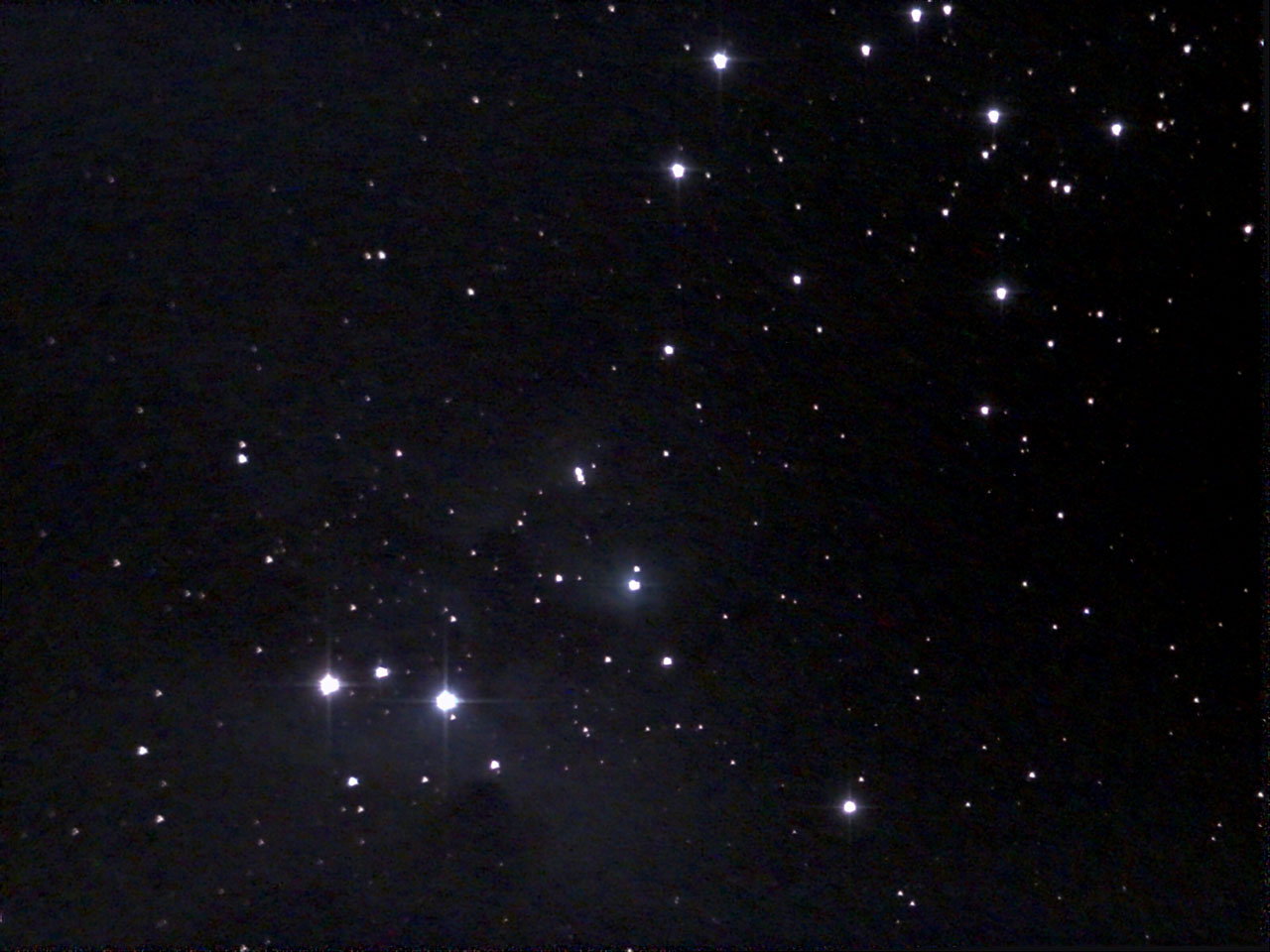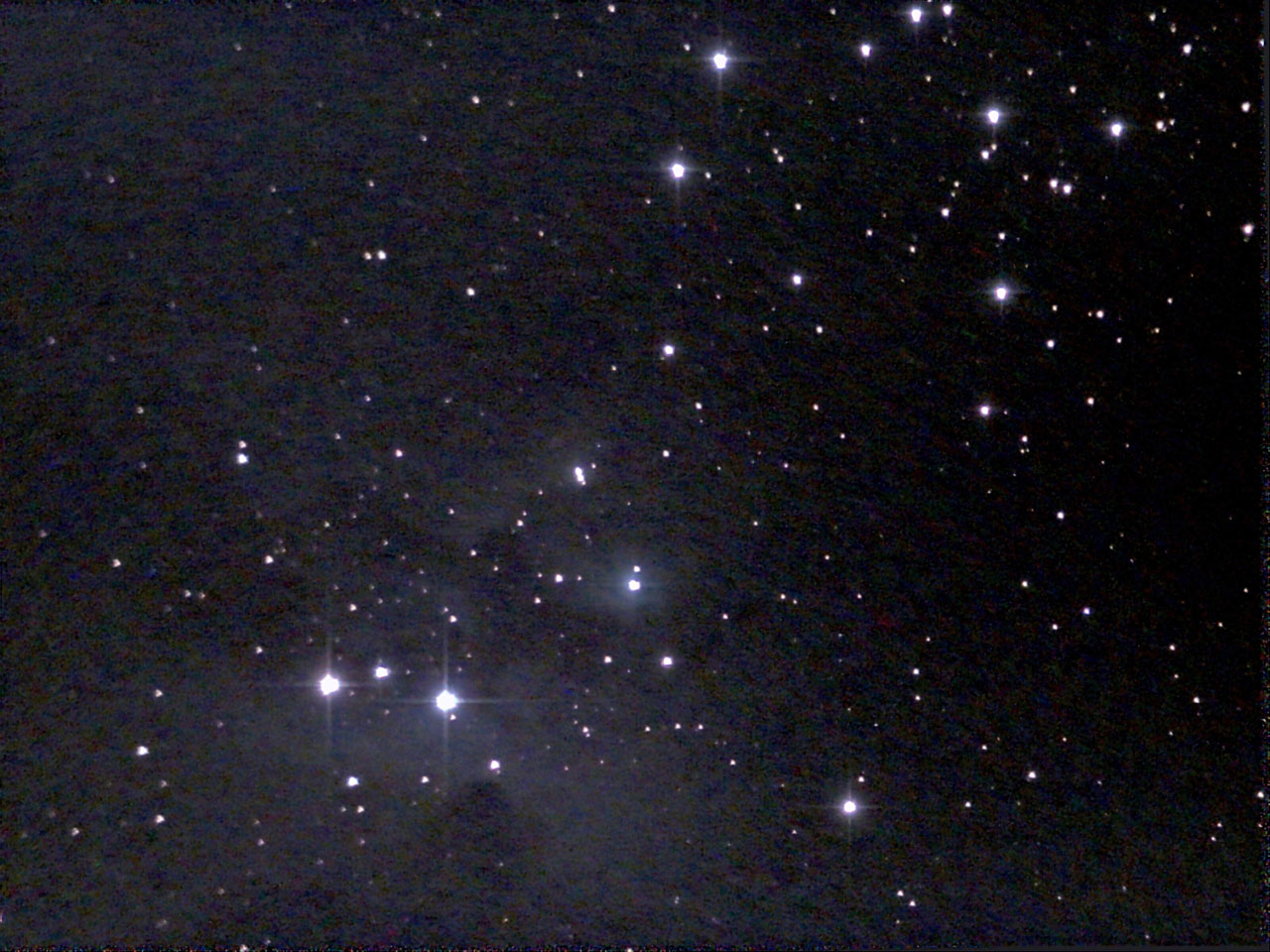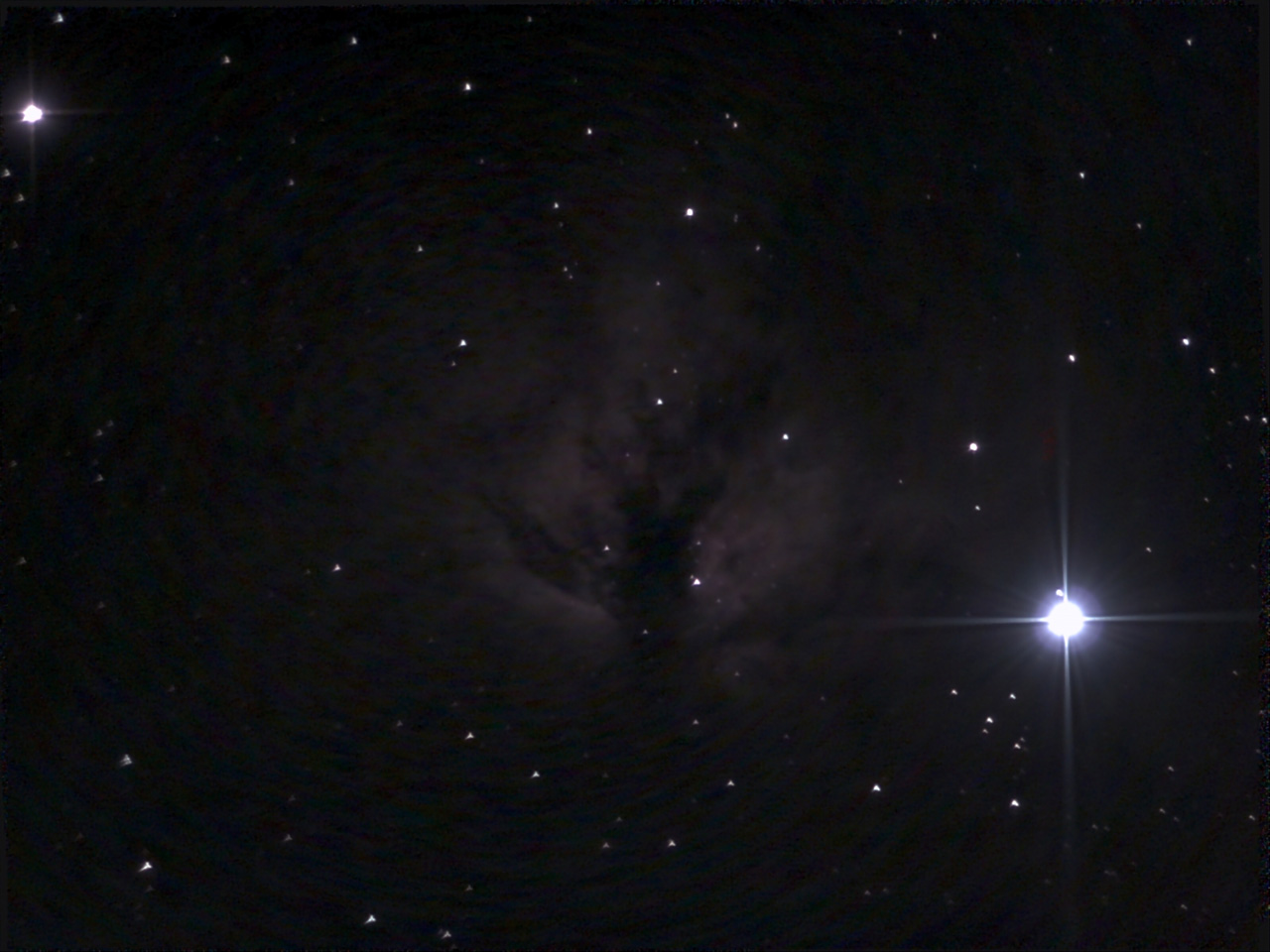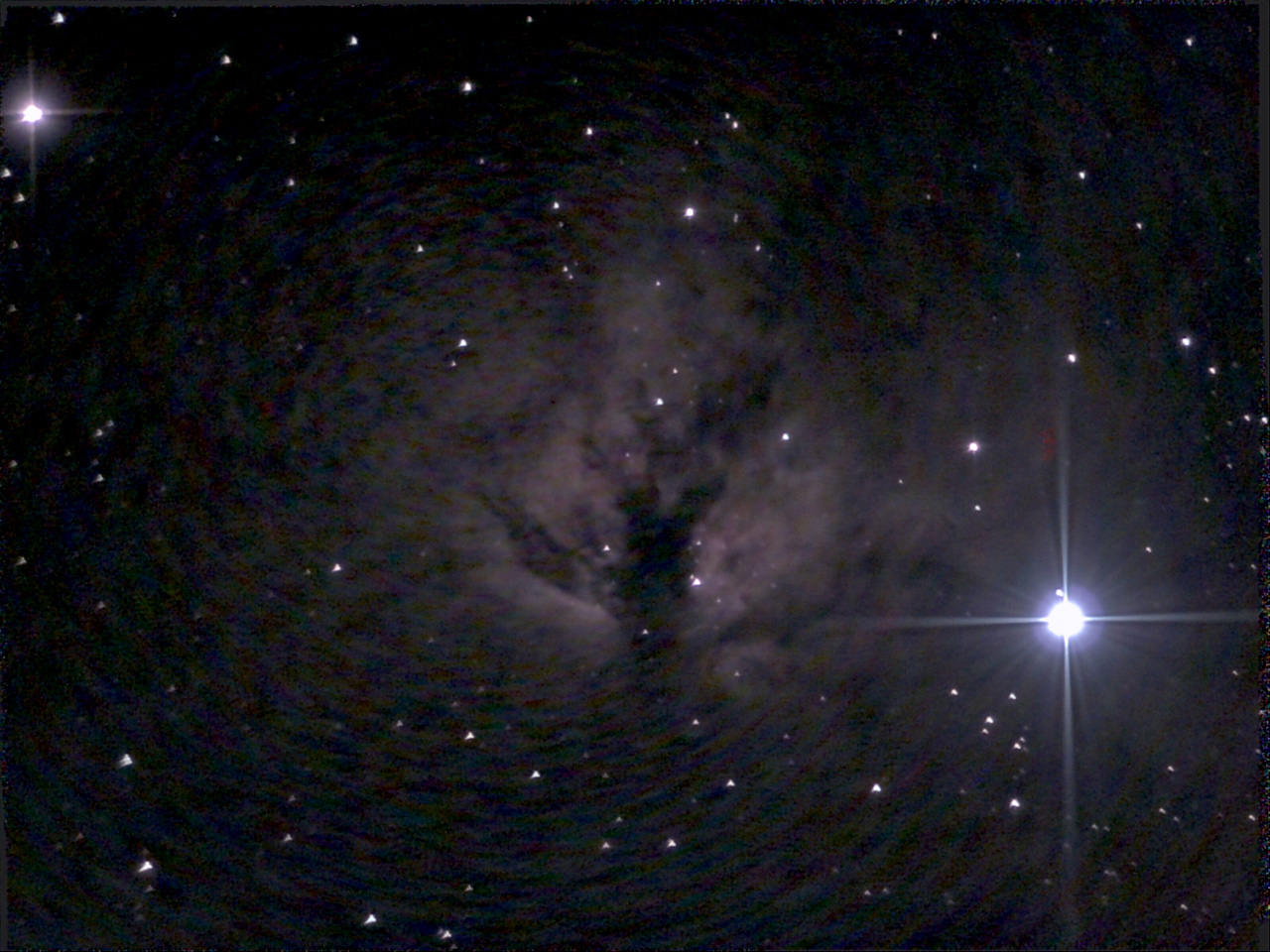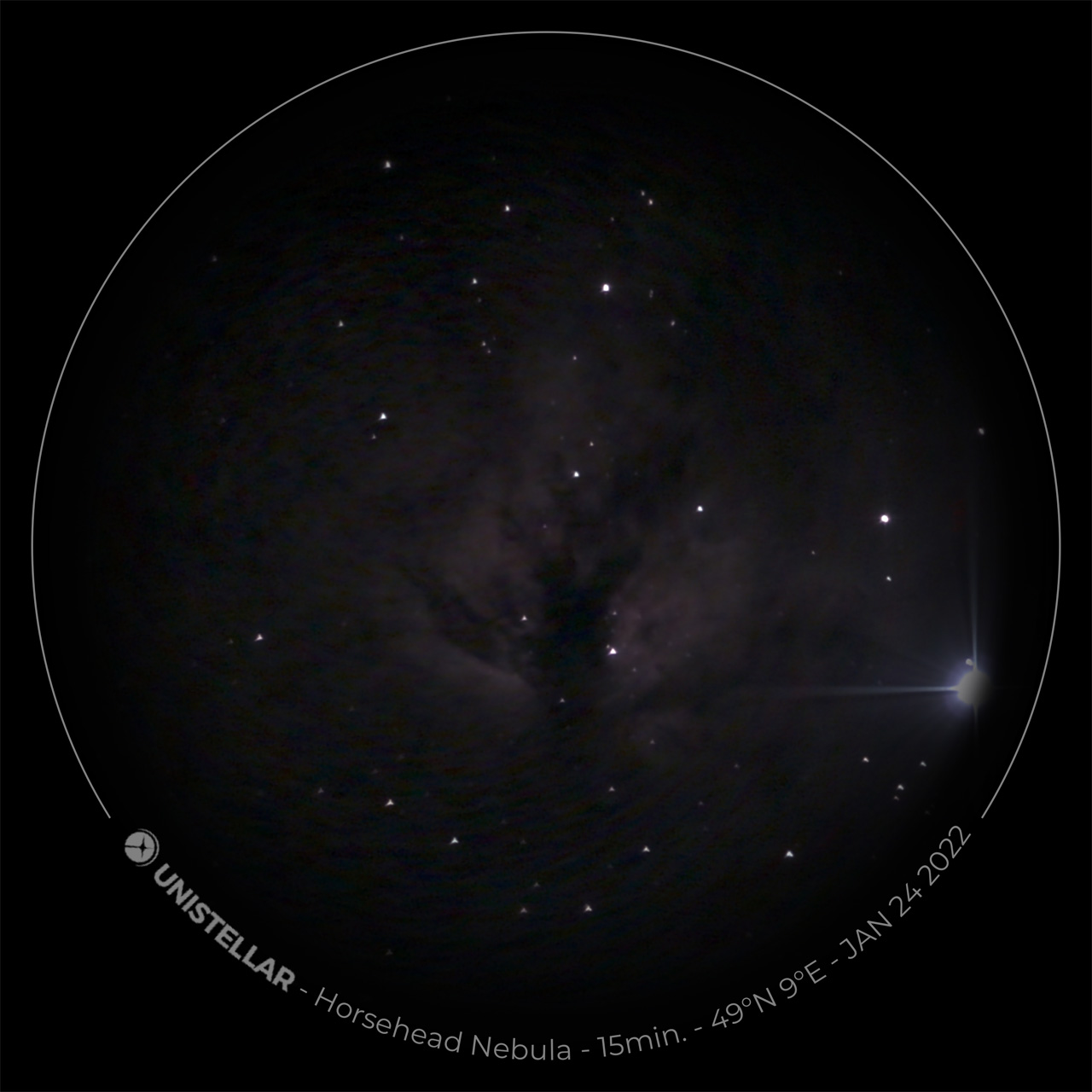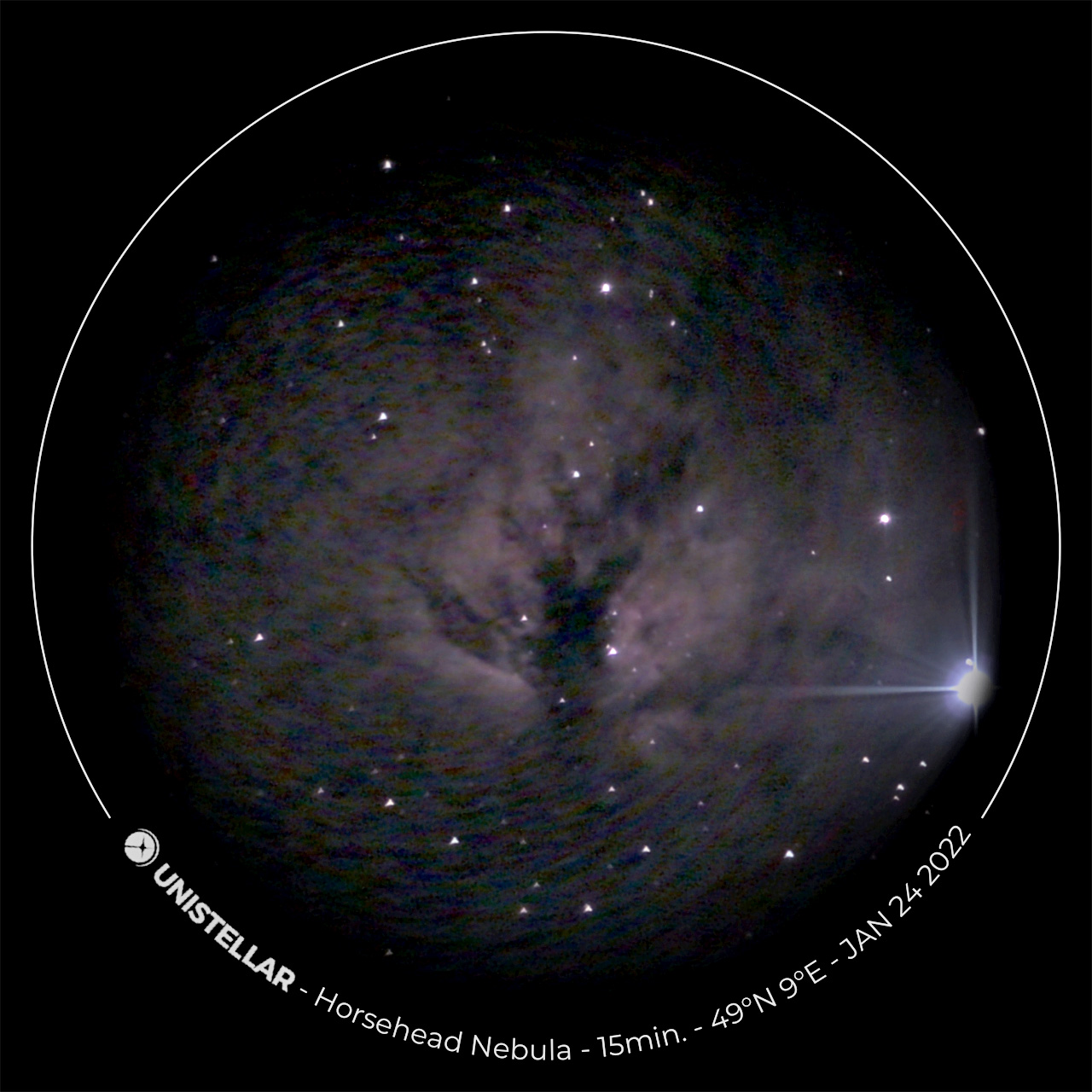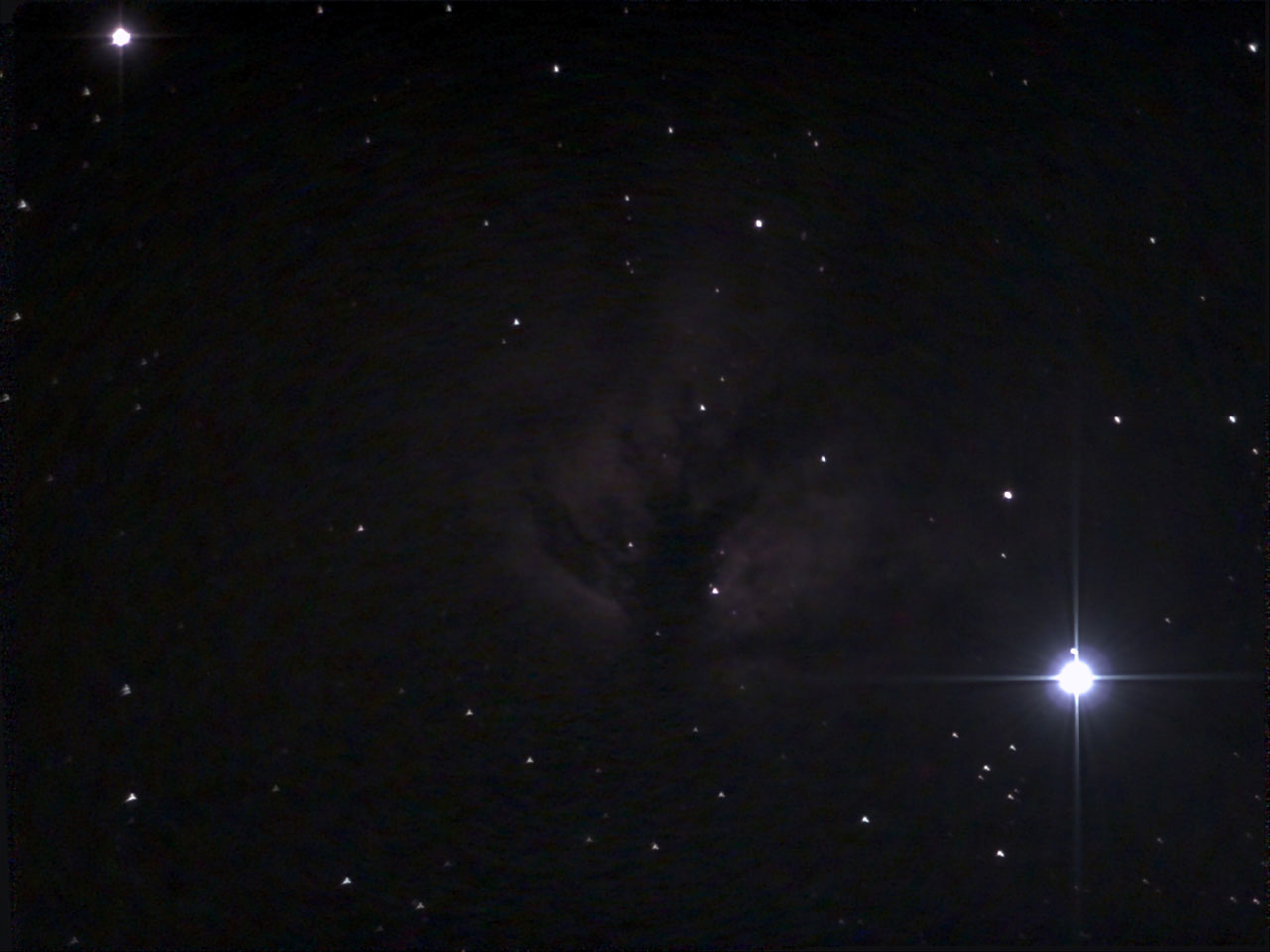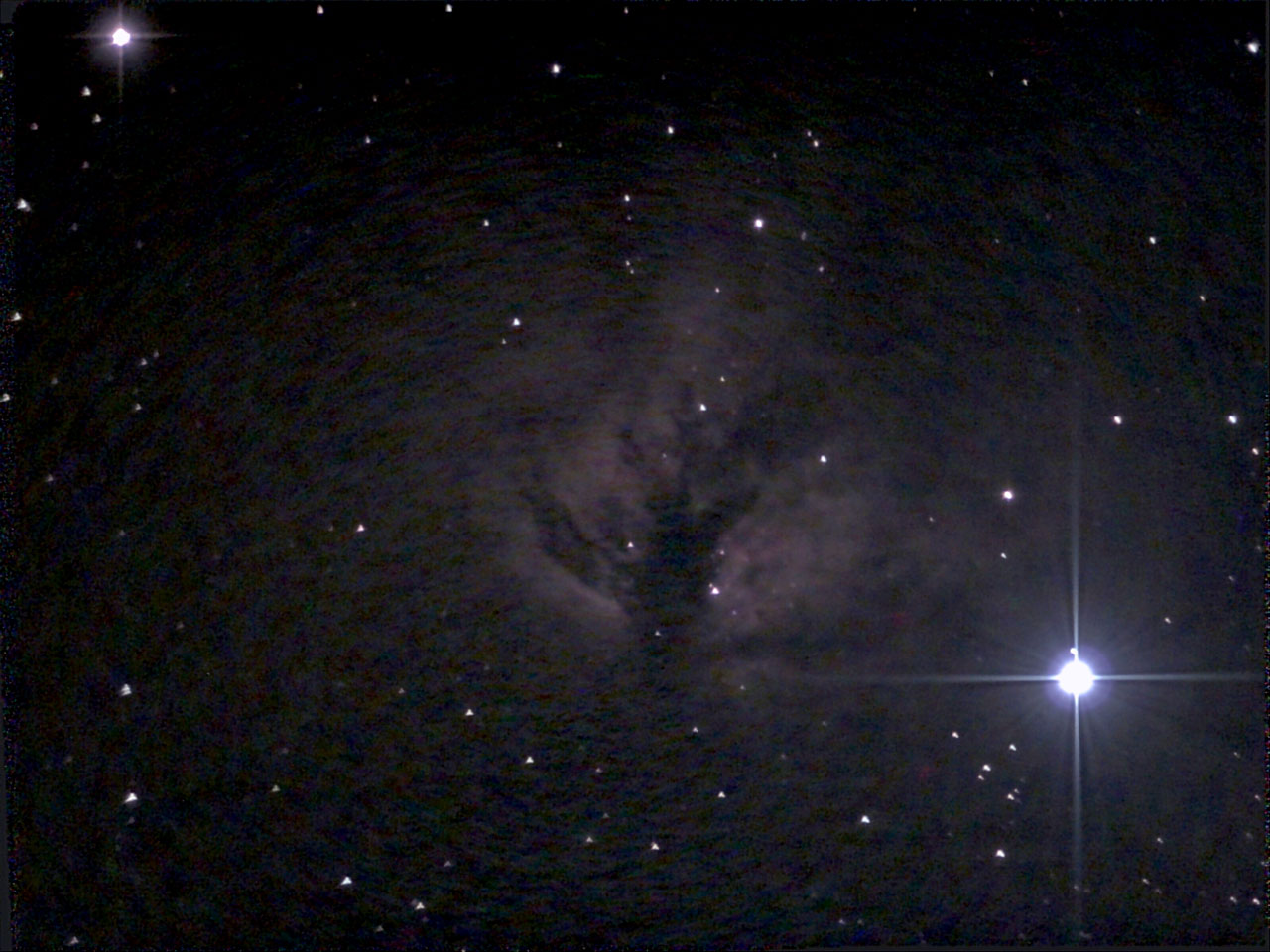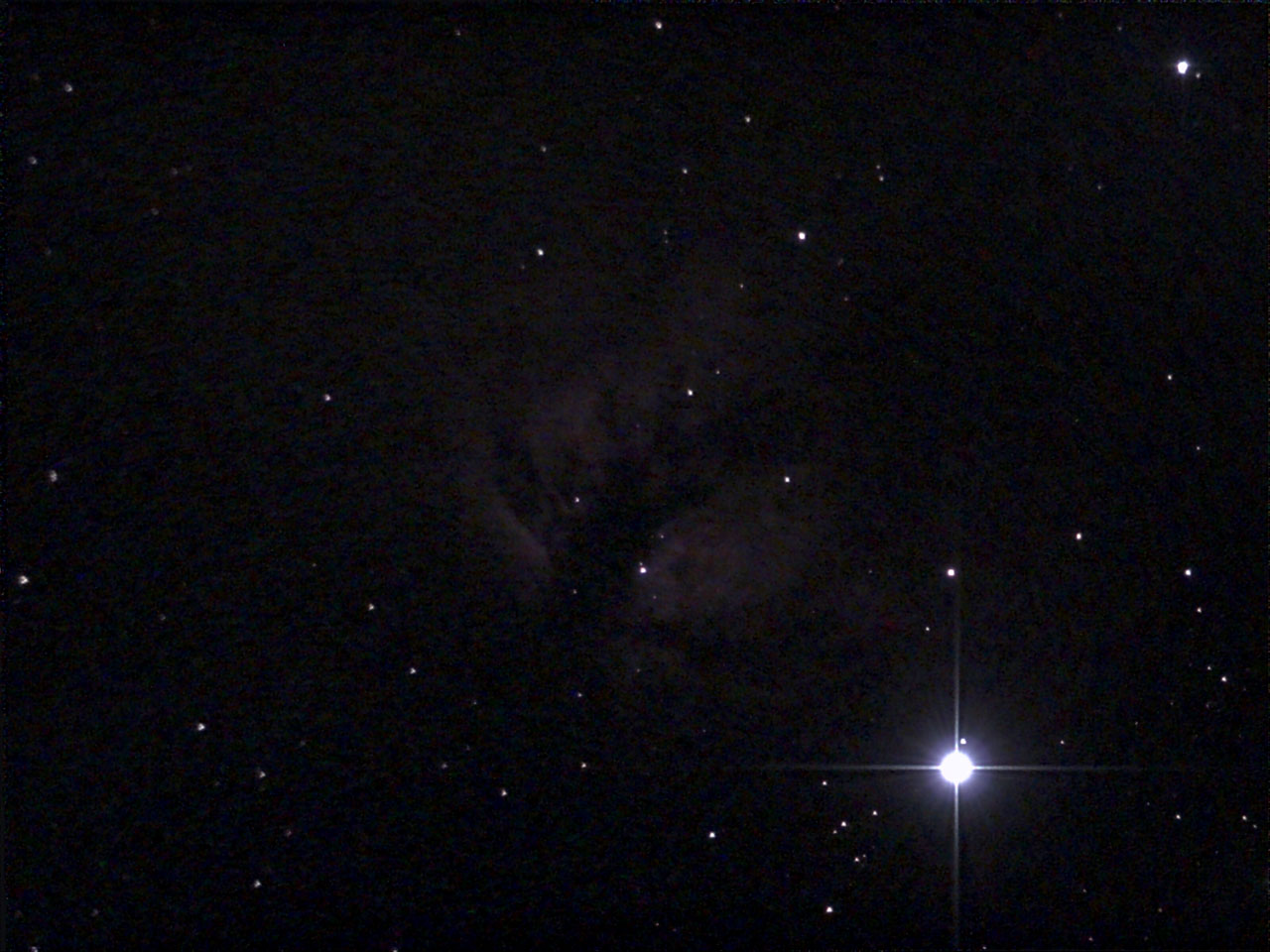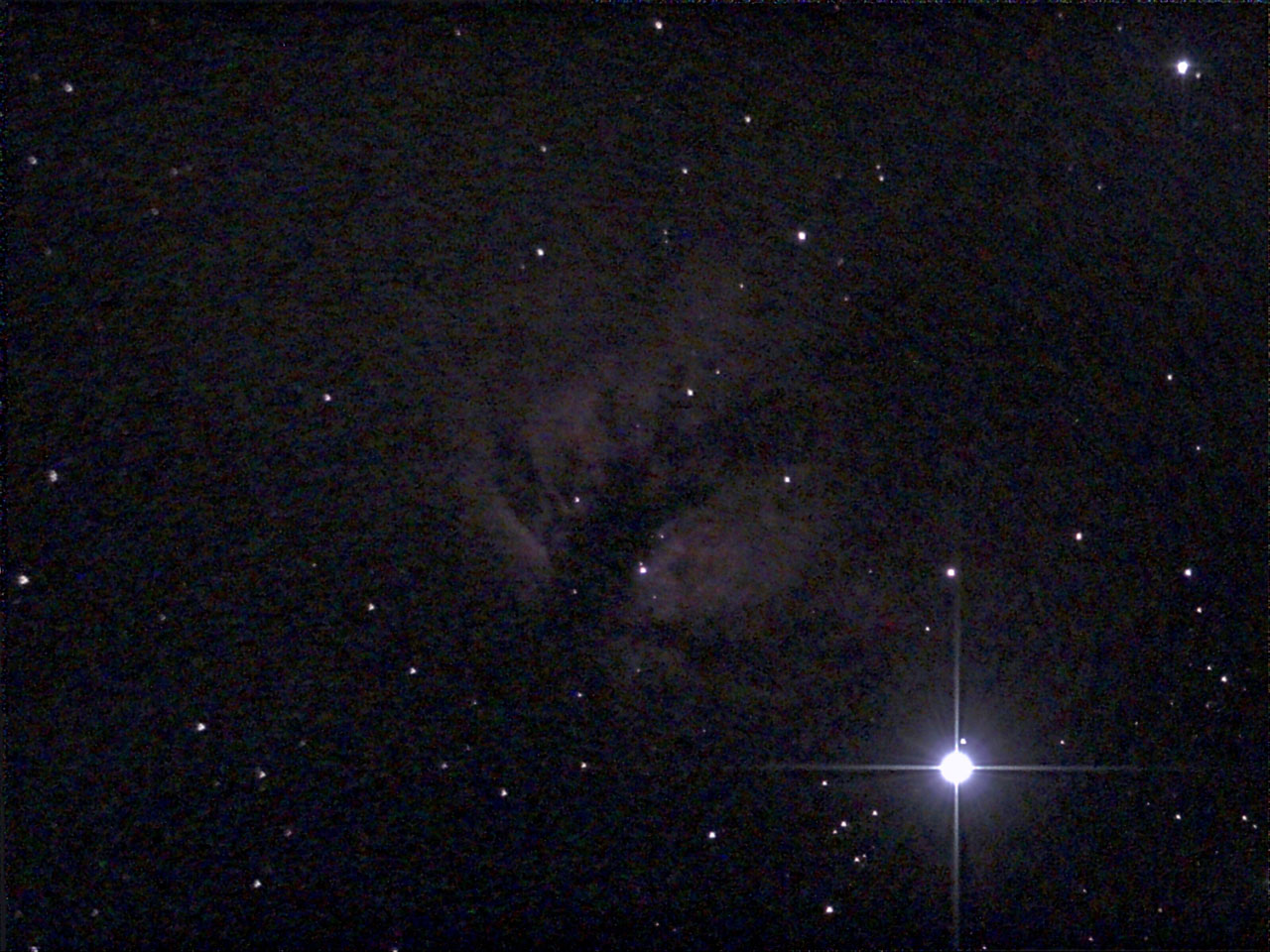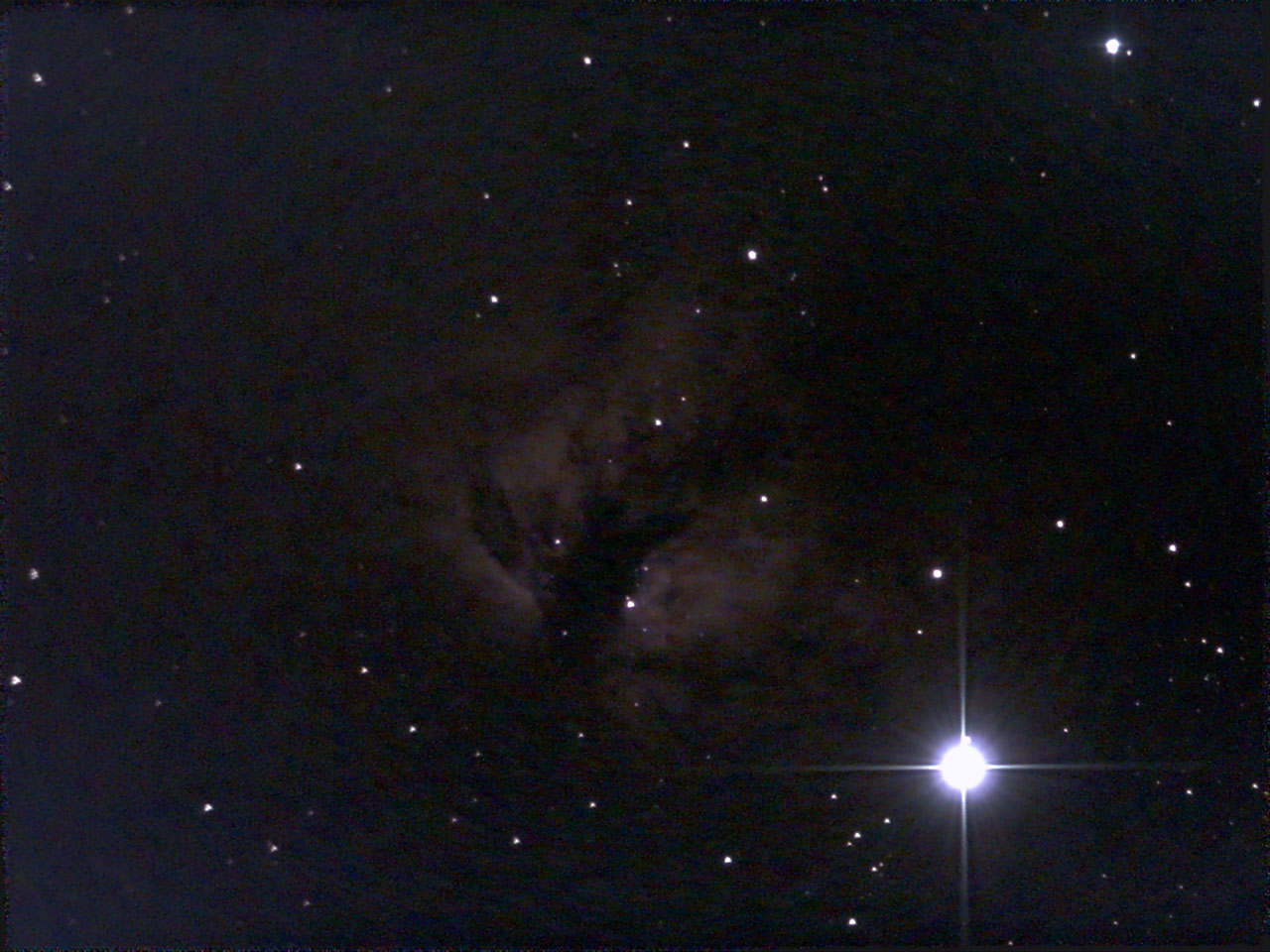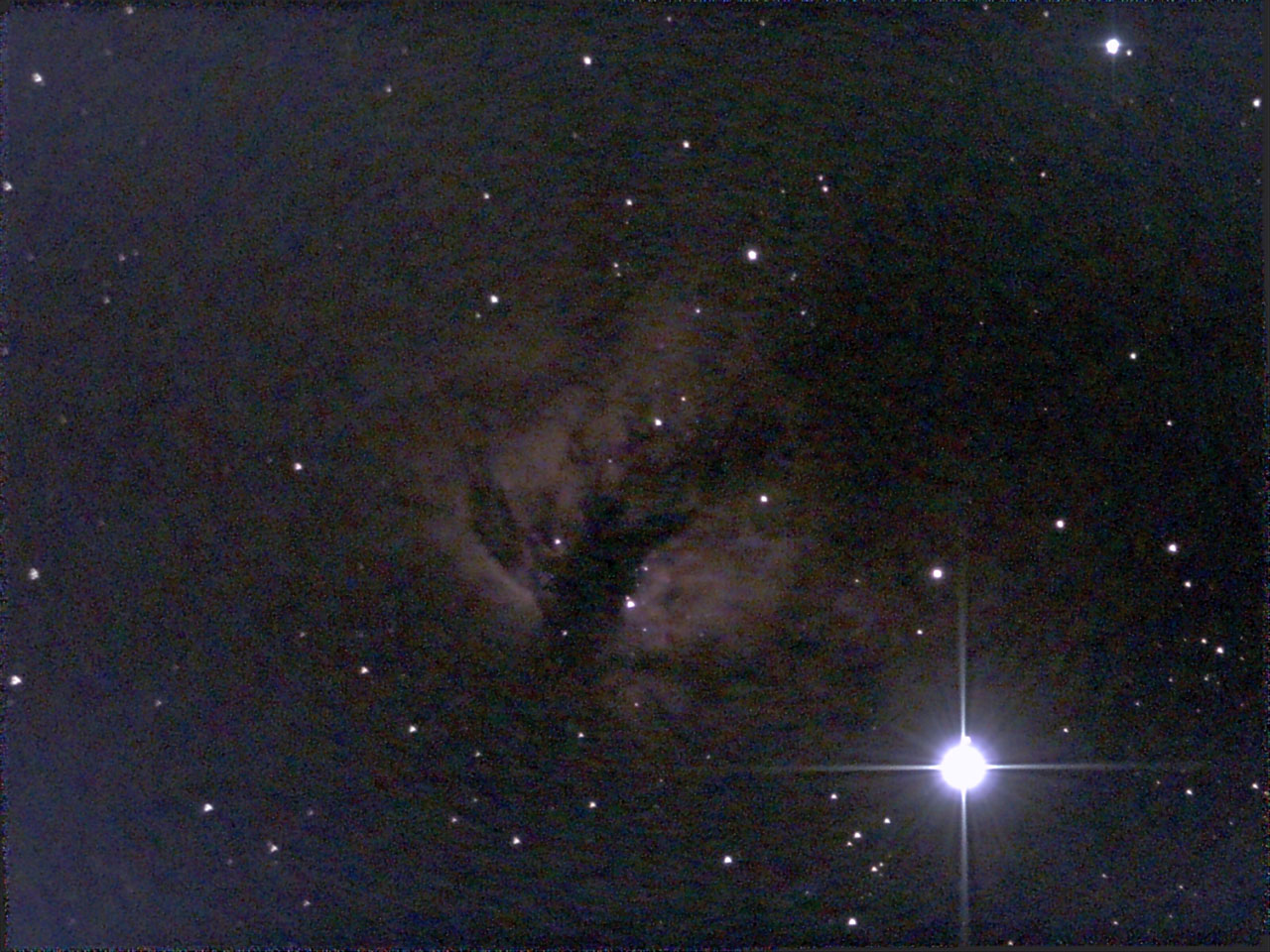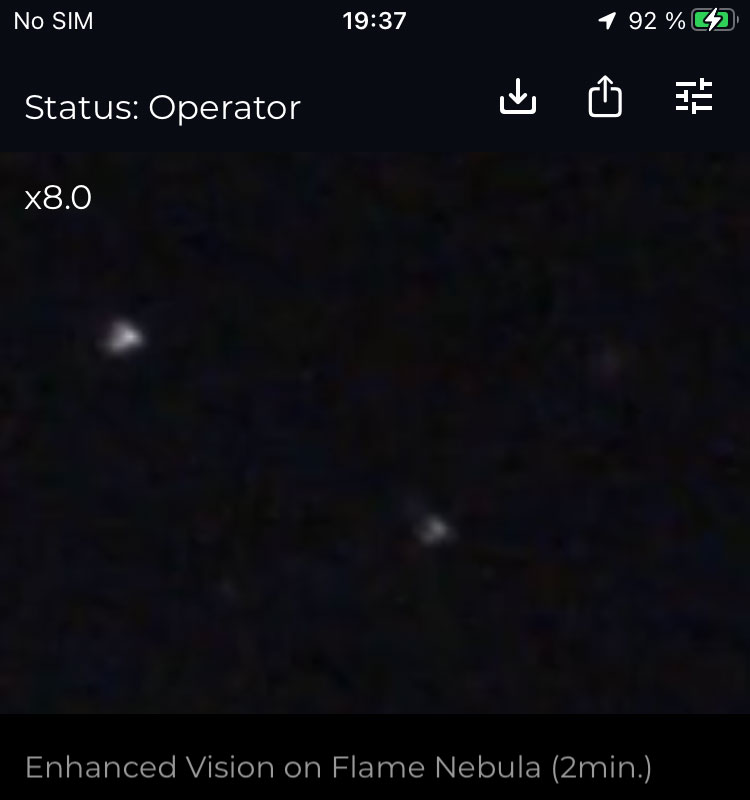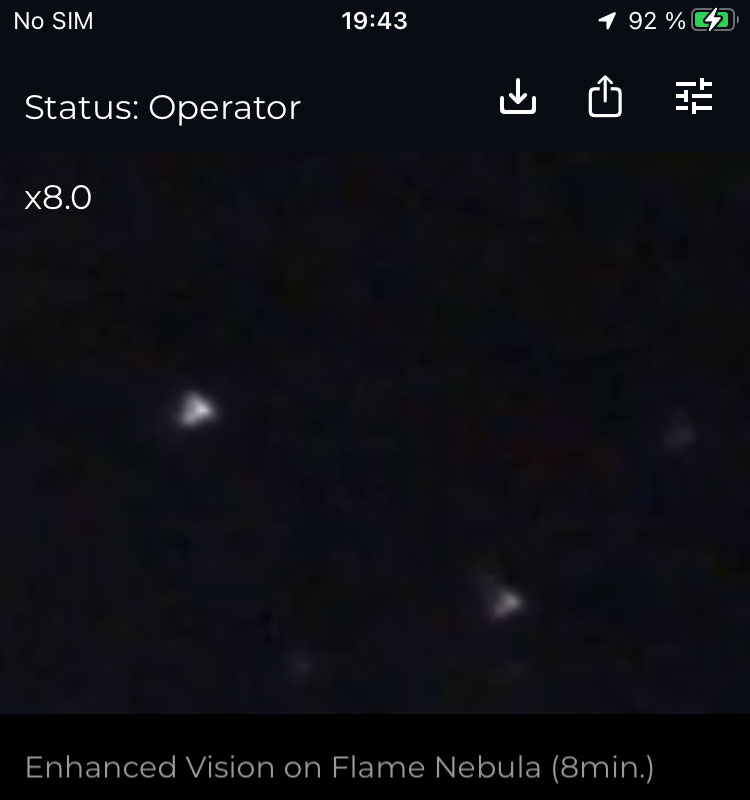Unistellar eVscope 2 - First Experiences (After Repair - Part 2)
Introduction | DSO Photos | Conclusions | Links
Archive
On this page, I describe my experiences with my electronic 4,5" Newton telescope Unistellar eVscope 2* after it had been returned from repair. On this page, called "Part 2 ", I present a number of "before/after" examples. On page "Part 1", I discuss only the most obvious things that I noticed.
*) I ordered the eVscope 2 in October 2021; it arrived at the beginning of December, 2021; repaired by Unistellar; returned to be exchanged with a new one in March 2022 (the second one).
Note: See page Overview of the Unistellar Pages for just that!
Note: I did not prepare this page in order to critisize Unistellar (in the case of problems Unistellar and eVscope users have to cooperate closely!), but in order to help other eVscope users identify potential issues with their eVscopes.
Note: Since I was not satisfied with the results of my new eVscope 2, Unistellar offered to check and possibly repair my eVscope 2. So, I sent it to Unistellar on February 14, 2022 and received information on February 18 that my eVscope 2 had been repaired and will be returned to me. When asked, I was told that there was a problem with the primary mirror, which was slightly under tension and therefore produced blurry images. As proof of the repair, I received a photo of Alnilam. It looks much better than my similar photo of Alnitak (near the Flame Nebula), but at closer look still exhibits triangular stars). Meanwhile, I was able to test my repaired eVscope 2 and report on my results on pages First Experiences (After Repair - Part 1) and First Experiences (After Repair - Part 2) (this page). According to this, the repair resulted in an improvement, but did not completely eliminate the mirror tension. Unistellar therefore offered me to return my eVscope 2 (end of March 2022) and exchange it for a new one. This arrived on April 8, 2022. So I close the pages for my first eVscope 2 sample! So please note that my eVscope 2 photos on this page do not reflect the true performance of the eVscope 2! |
Introduction
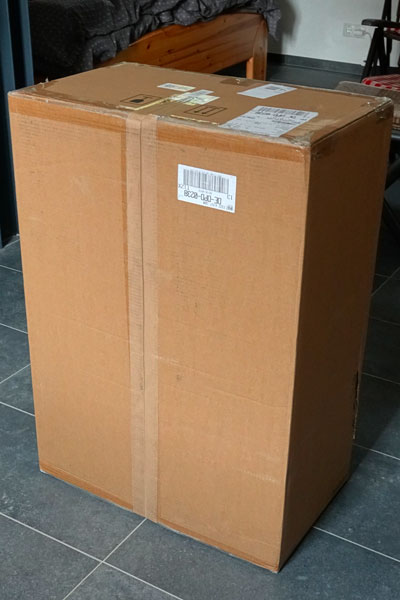 |
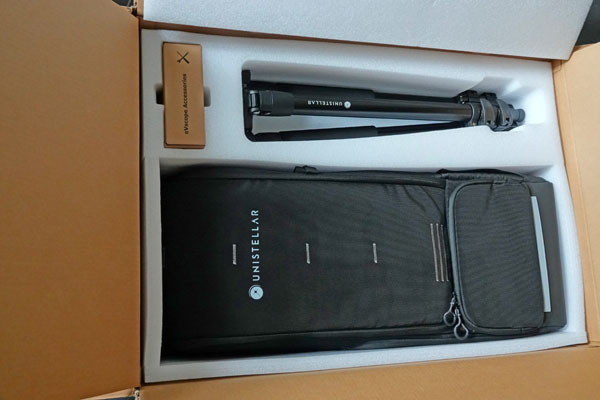 |
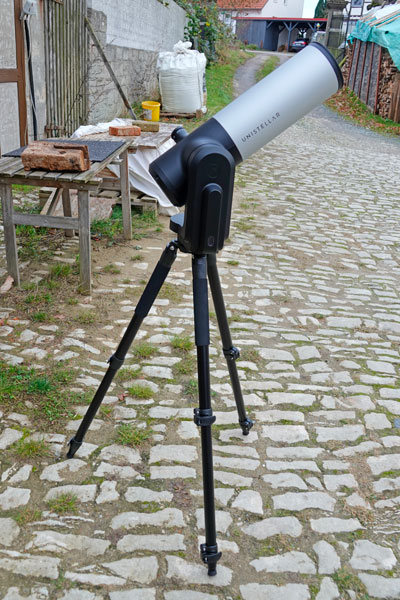 |
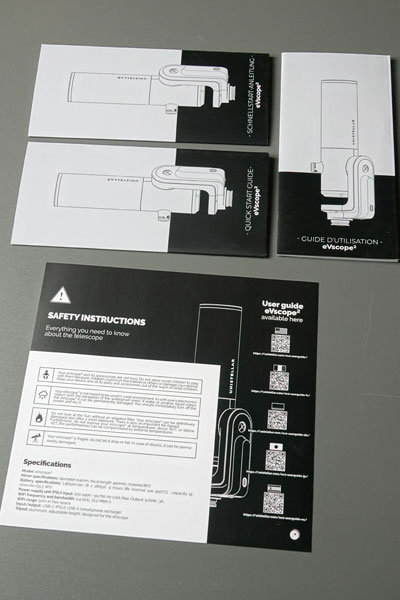 |
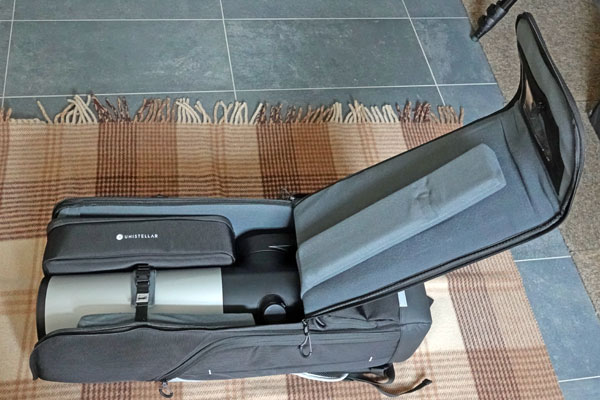 |
 |
Photos: My eVscope 2 (December 3, 2021)
Since I was not satisfied with the results of my new eVscope 2, Unistellar offered to check and possibly my eVscope 2. So, I sent it to Unistellar on February 14, 2022 and received information on February 18 that my eVscope 2 had been repaired and will be returned to me. When asked, I was told that there was a problem with the primary mirror, which was slightly under tension and therefore produced blurry images. As proof of the repair, I received a photo of Alnilam, which looks much better than my similar photo of Alnitak (near the Flame Nebula NGC 2024).
In the meantime, I got my eVscope 2 back and was able to take first test photos after the repair on March 19 and 20, 2022. On this page, I present more results, namely before/after examples. On page First Experiences (After Repair - Part 1), I describe the "basic" results of my testing of the eVscope 2 after the repair, particularly based on photos of Alnilam and Alnitak.
So please note that my eVscope 2 photos on this page do not reflect the true performance of the eVscope 2!
DSO Photos (Before/After the Repair)
Translation in progress
In the following I present, as far as they were available to me, comparison images (M 1, M 33, M 42, M 45, M 78, NGC 1977, NGC 2024) from before the repair and after the repair of my eVscope 2 by Unistellar. To better see the triangular stars, you should click on the thumbnails and display the photos in 1280 pixels width. Partially, I also present screenshots that I took during observations after the repair in order to be able to demonstrate the triangular star shapes. The before/after examples also demonstrate the effect of the Unistellar repair.
M 1 (Crab Nebula)
M 33 (Triangulum Galaxy)
M 42 (Orion Nebula)
M 45 (Pleiades)
M 78
NGC 1977 (Running Man Nebula)
NGC 2024 (Flame Nebula)
Conclusions
On this page, I show photos taken with my eVscope 2 before the repair performed by Unistellar and afterwards. I present samples of the following DSO: M 1, M 33, M 42, M 45, M 78, NGC 1977, NGC 2024.
In a number of cases I also took some screenshots of the app when observing the objects in order to show examples of triangular stars. The app thereby shows the same field of view as the rectanagular image format, whereas the square images format crops the image at the left and right edges and also add a vignette to the image that suppresses triangular stars (actually, any stars) in the periphery of the image field.
Overall, the sample images demonstrate that the repair by Unistellar reduced the presence of triangular stars by releasing the tension on the primary mirror (to a certain degree...). But it was not fully successful, because it did not reduce the mirror tension completely: Triangular star shapes can still be detected on the images taken after the repair (even on the image that Unistellar sent as a "proof" of its repair success). I do not think that any triangular stars should be visible in the images - my original eVscope never showed these (and obviously did not have tension on the primary mirror). Hopefully, Unistellar will be able to completely release the tension on the main mirror of my eVscope 2 (or provide me with instructions for doing this myself)!
Links
- Unistellar Website: unistellaroptics.com
- eVscope 2 product page: unistellaroptics.com/evscope2
- See also my page offering Astronomy Links.
| 20.09.2022 |
